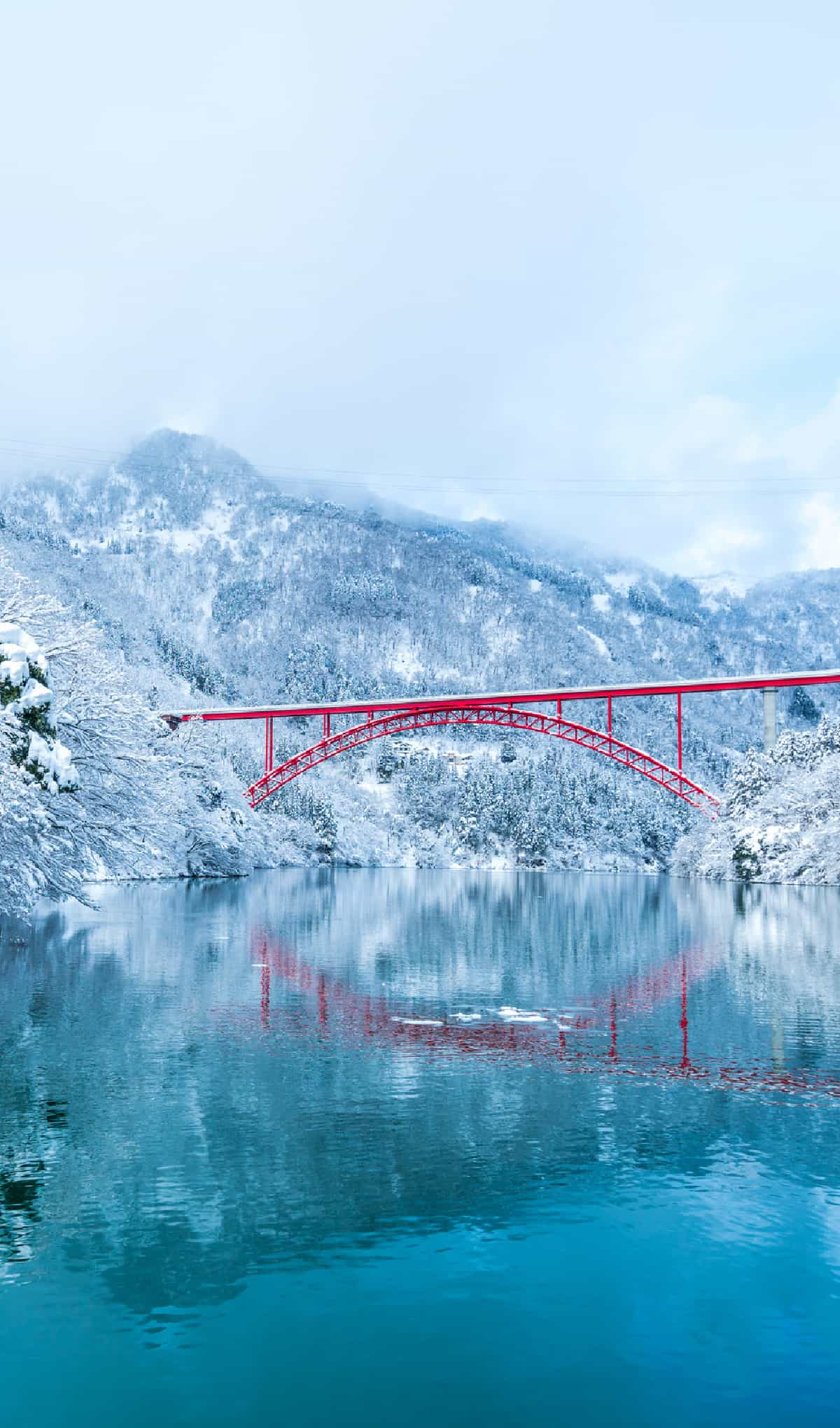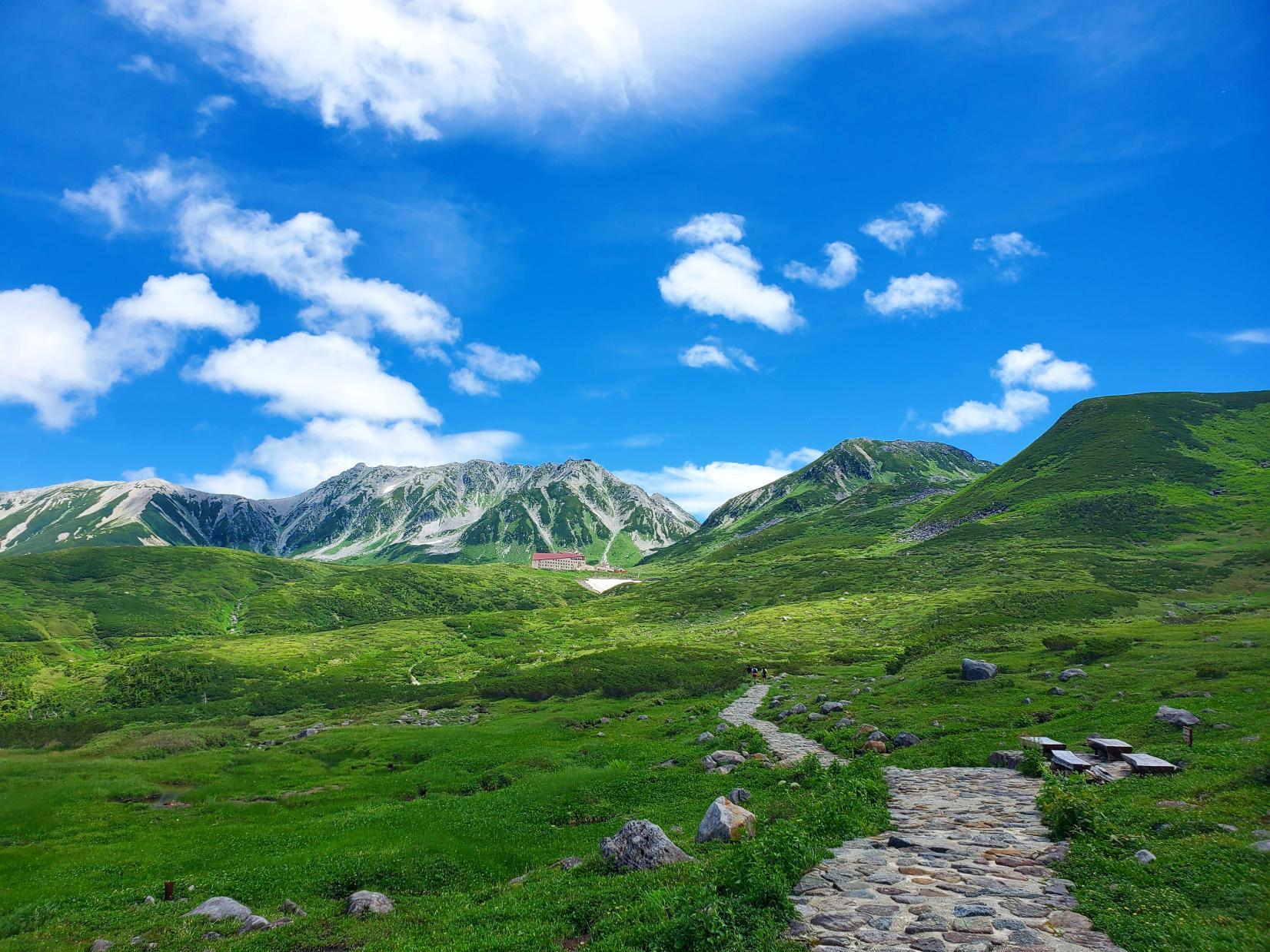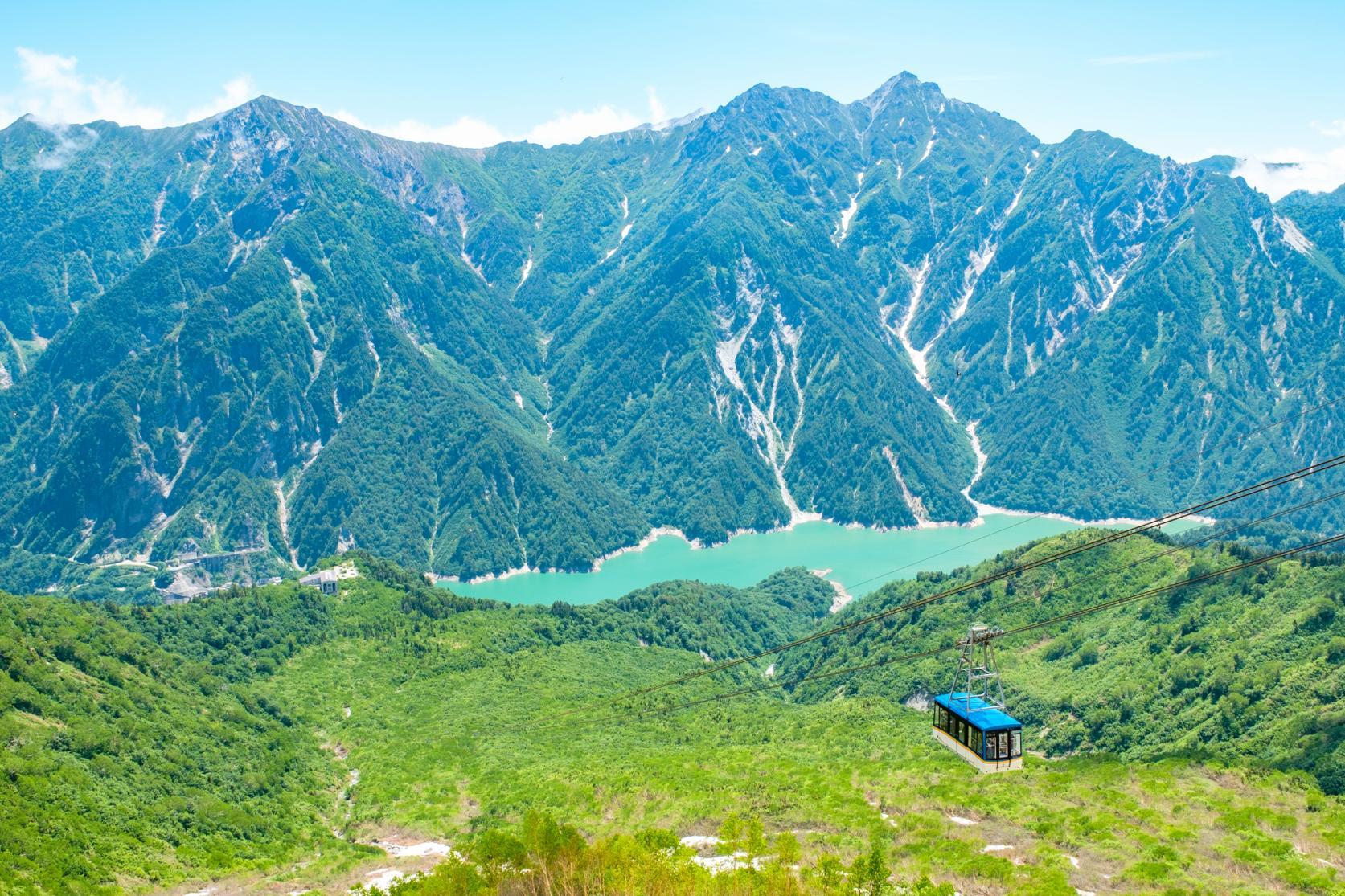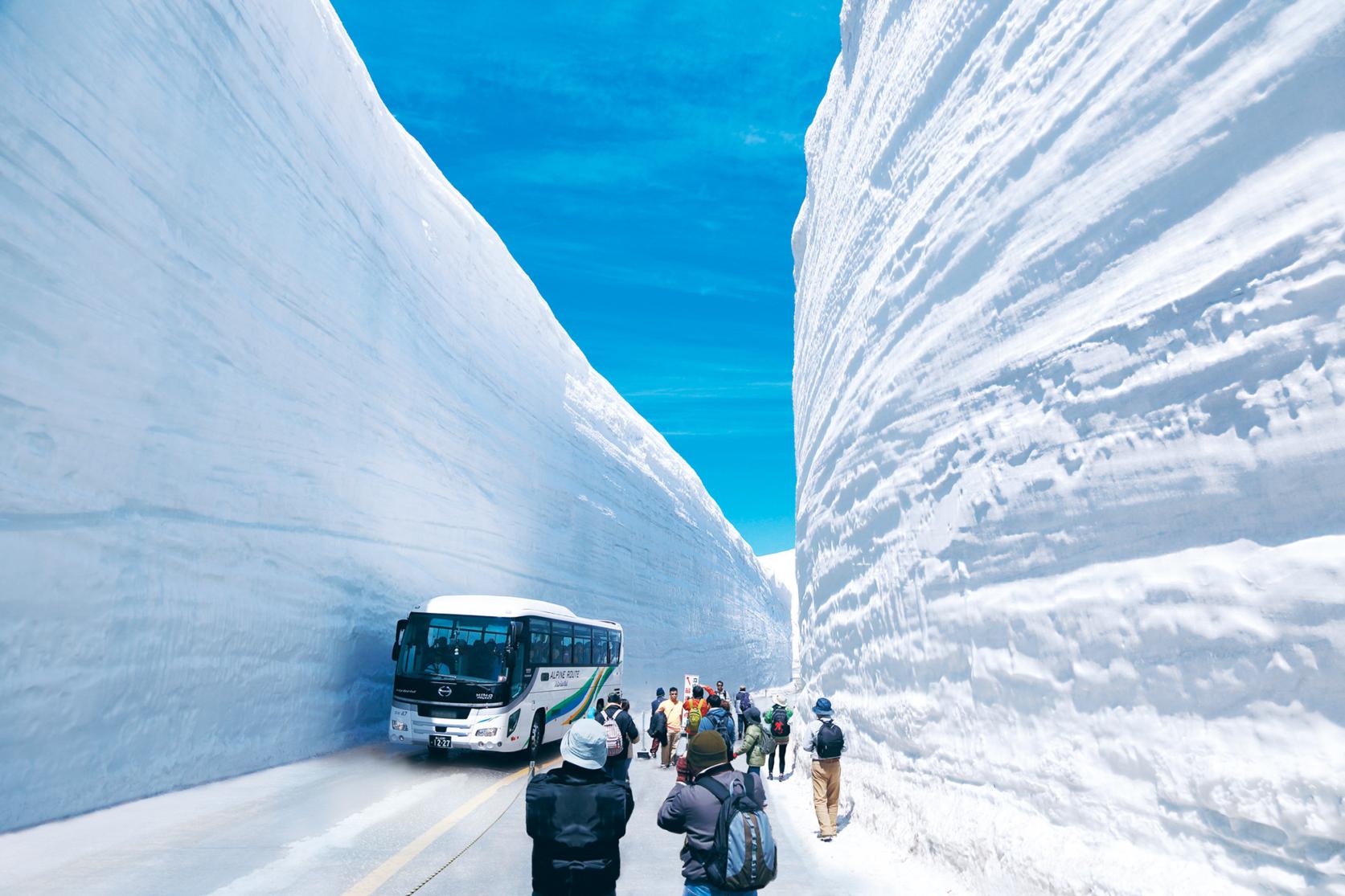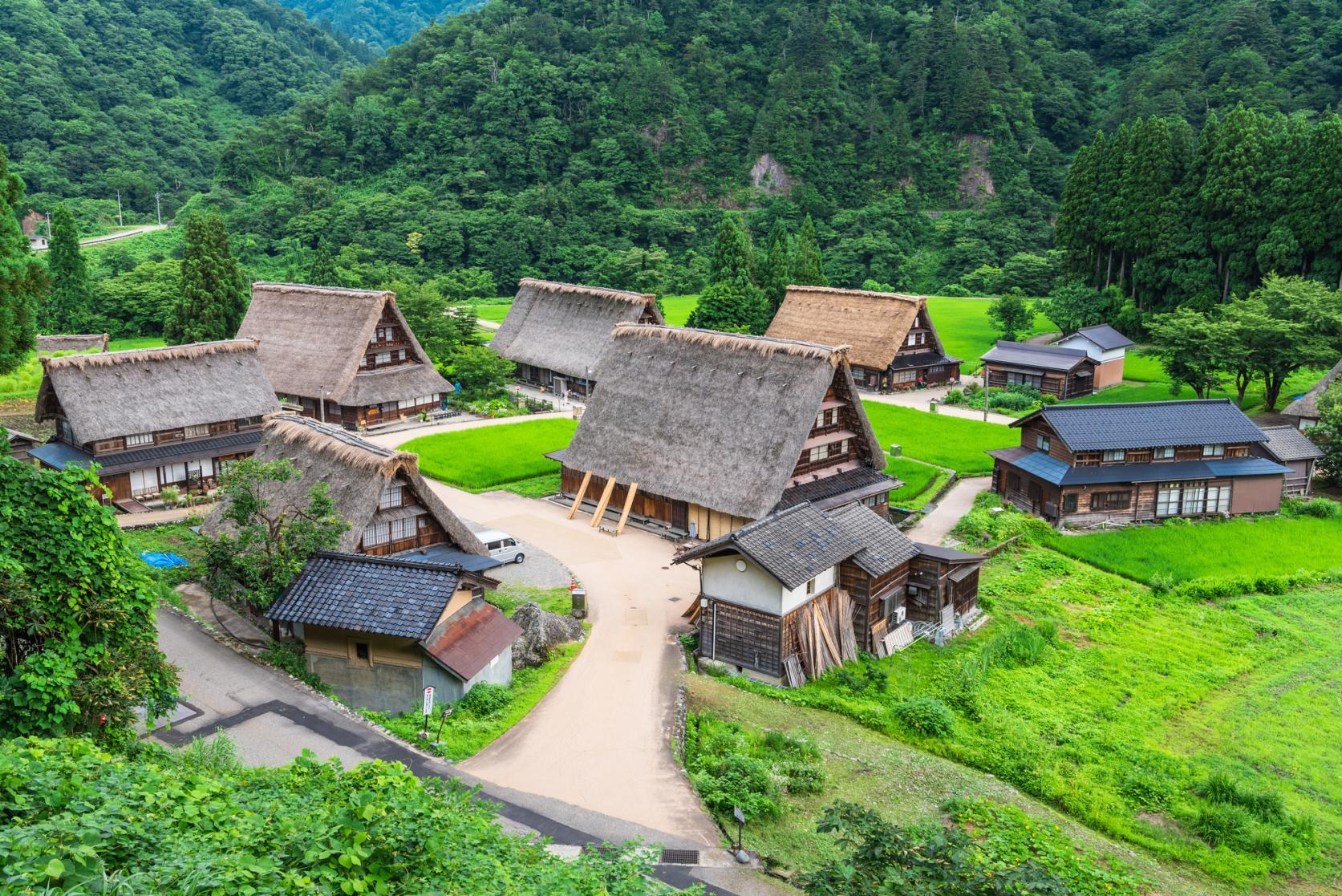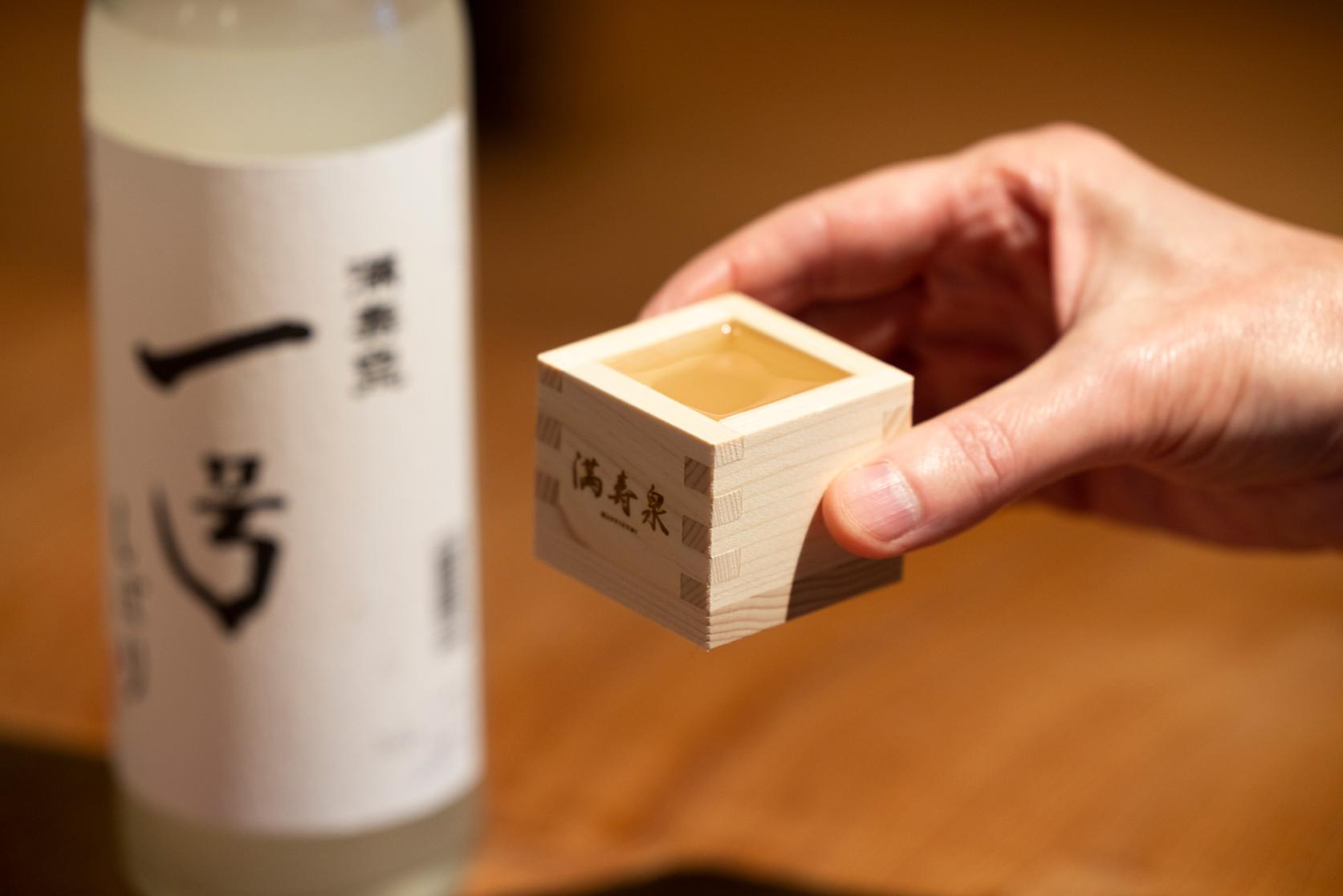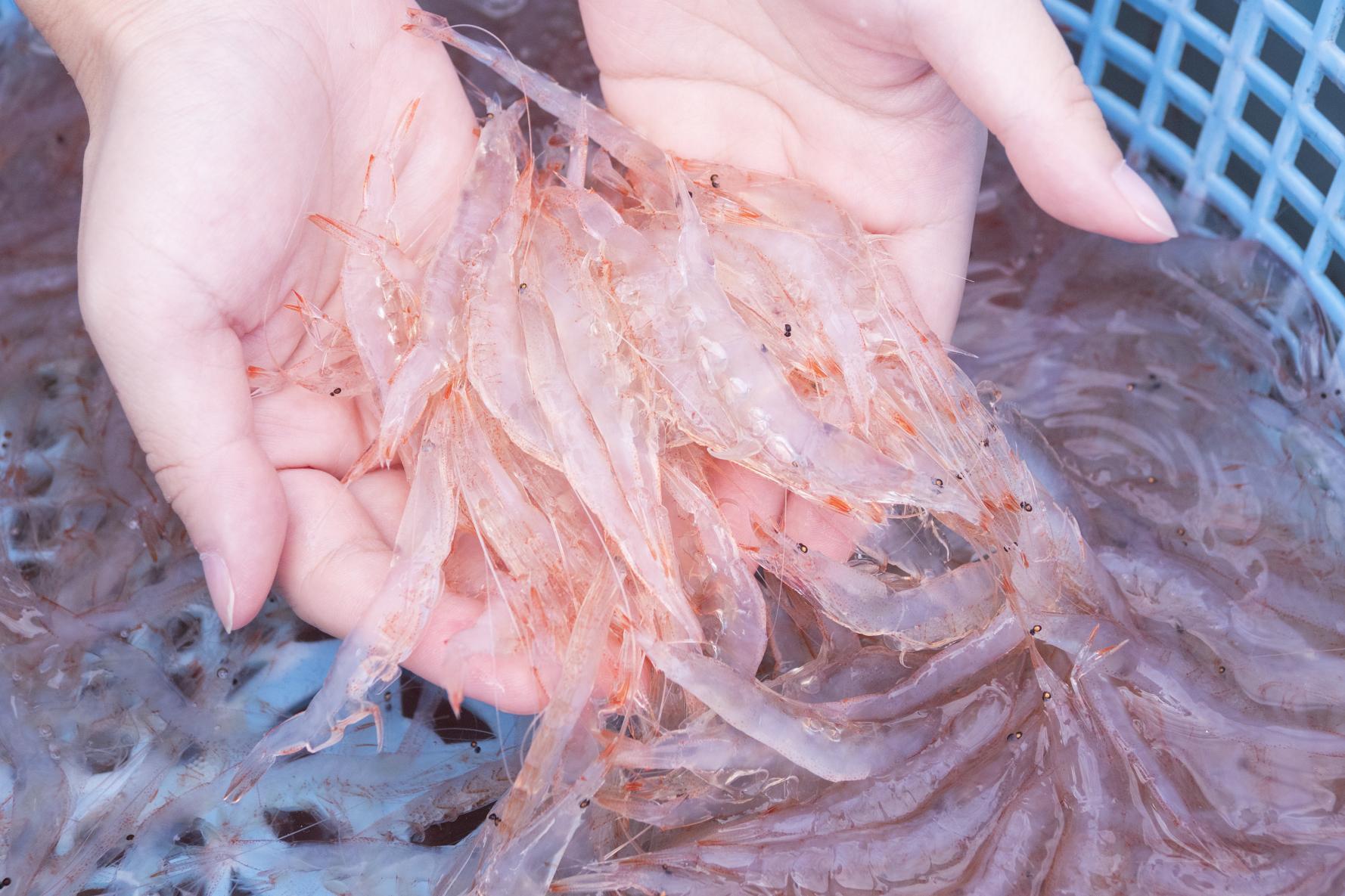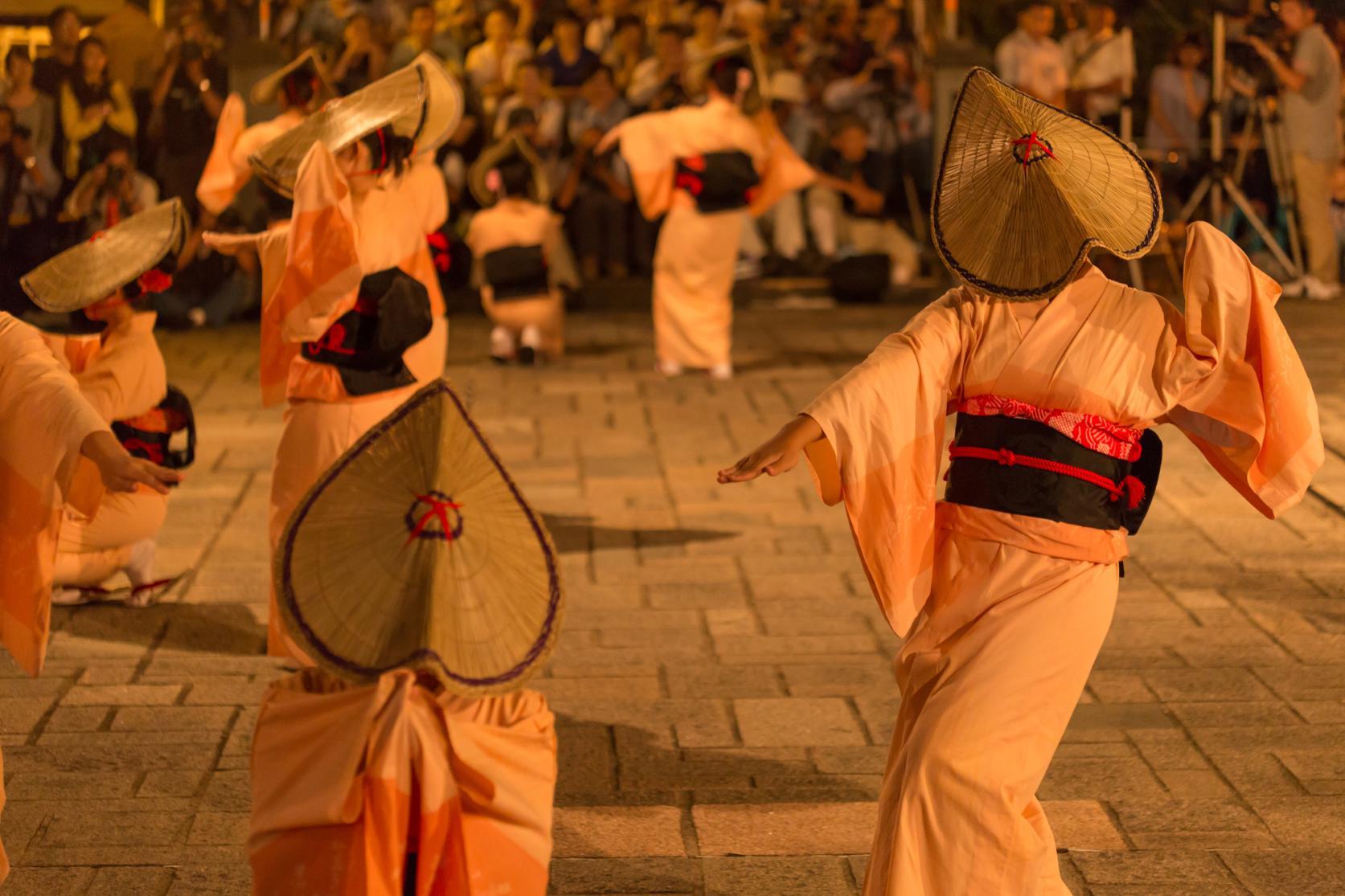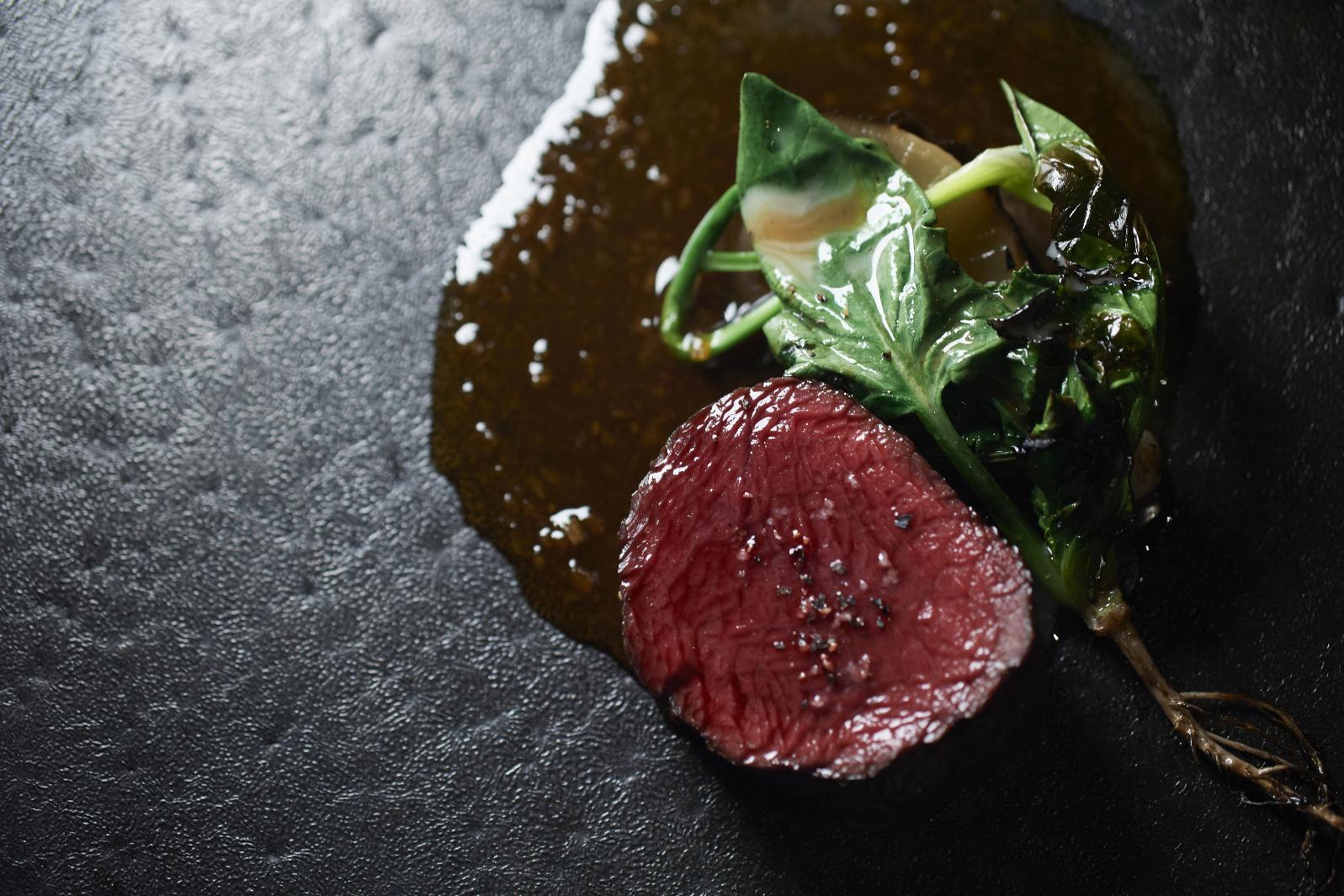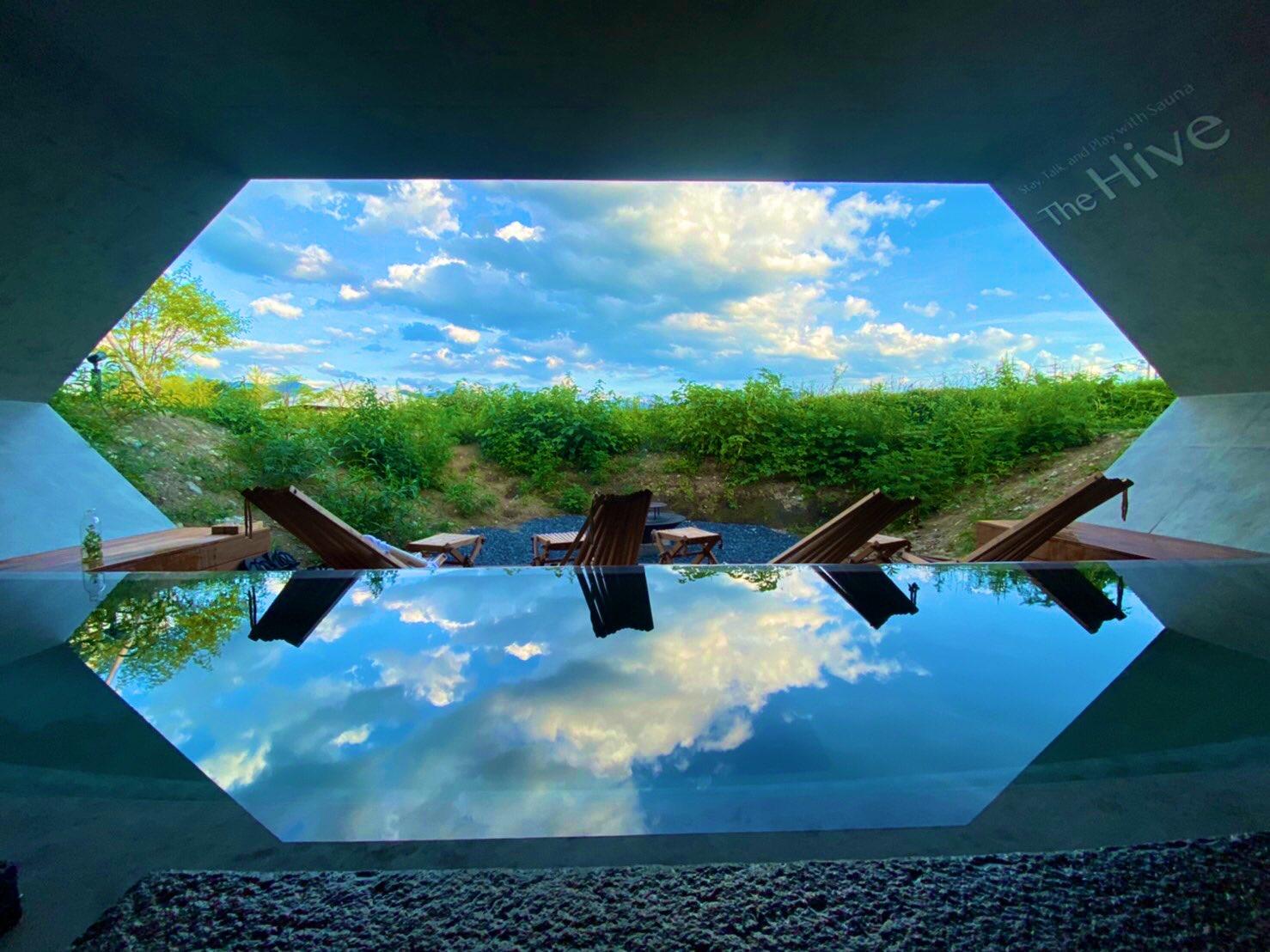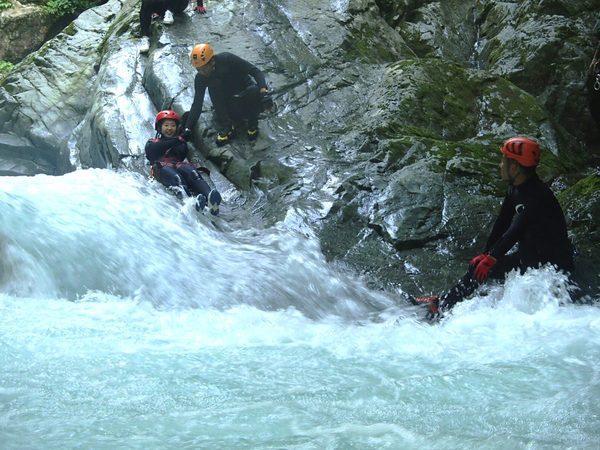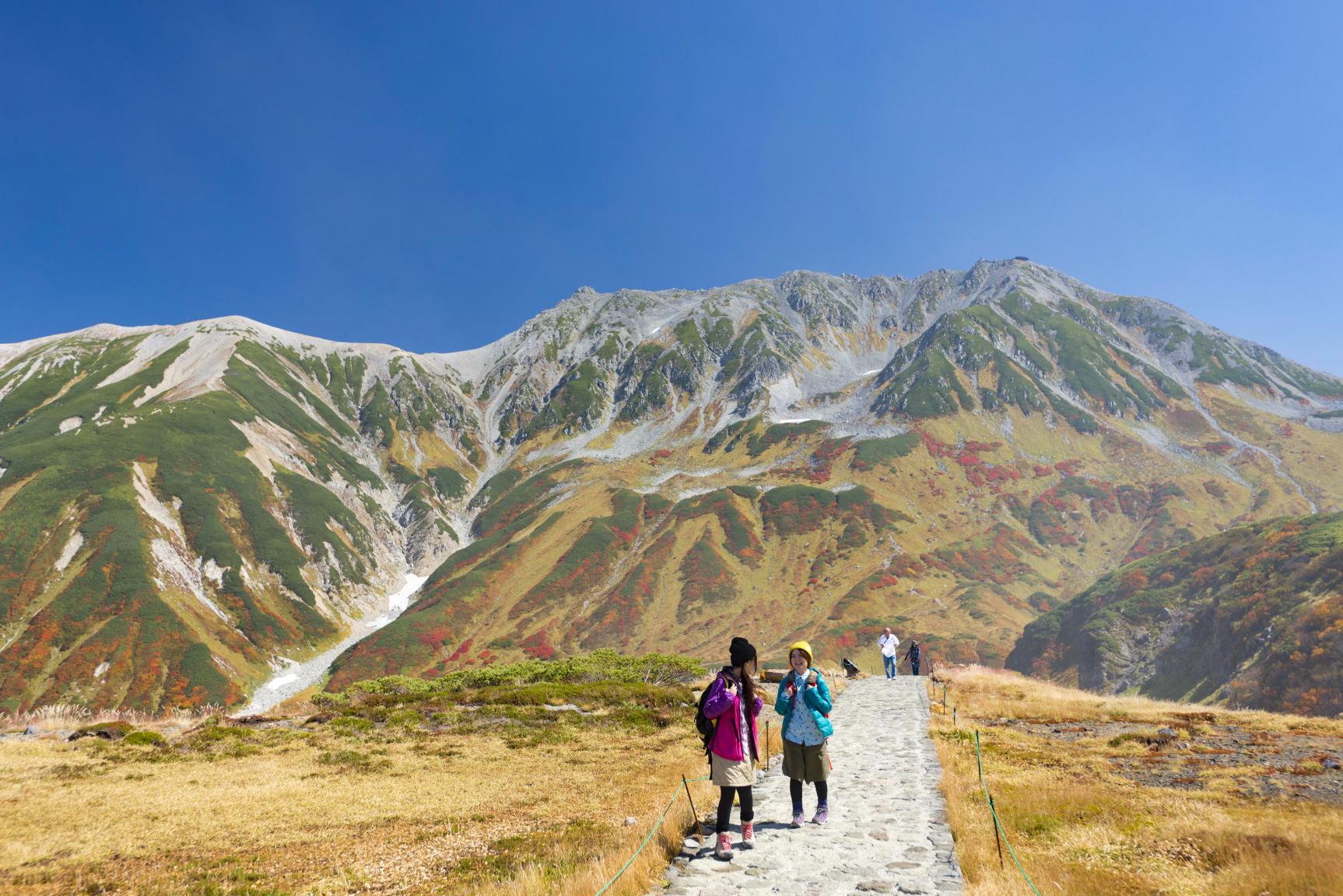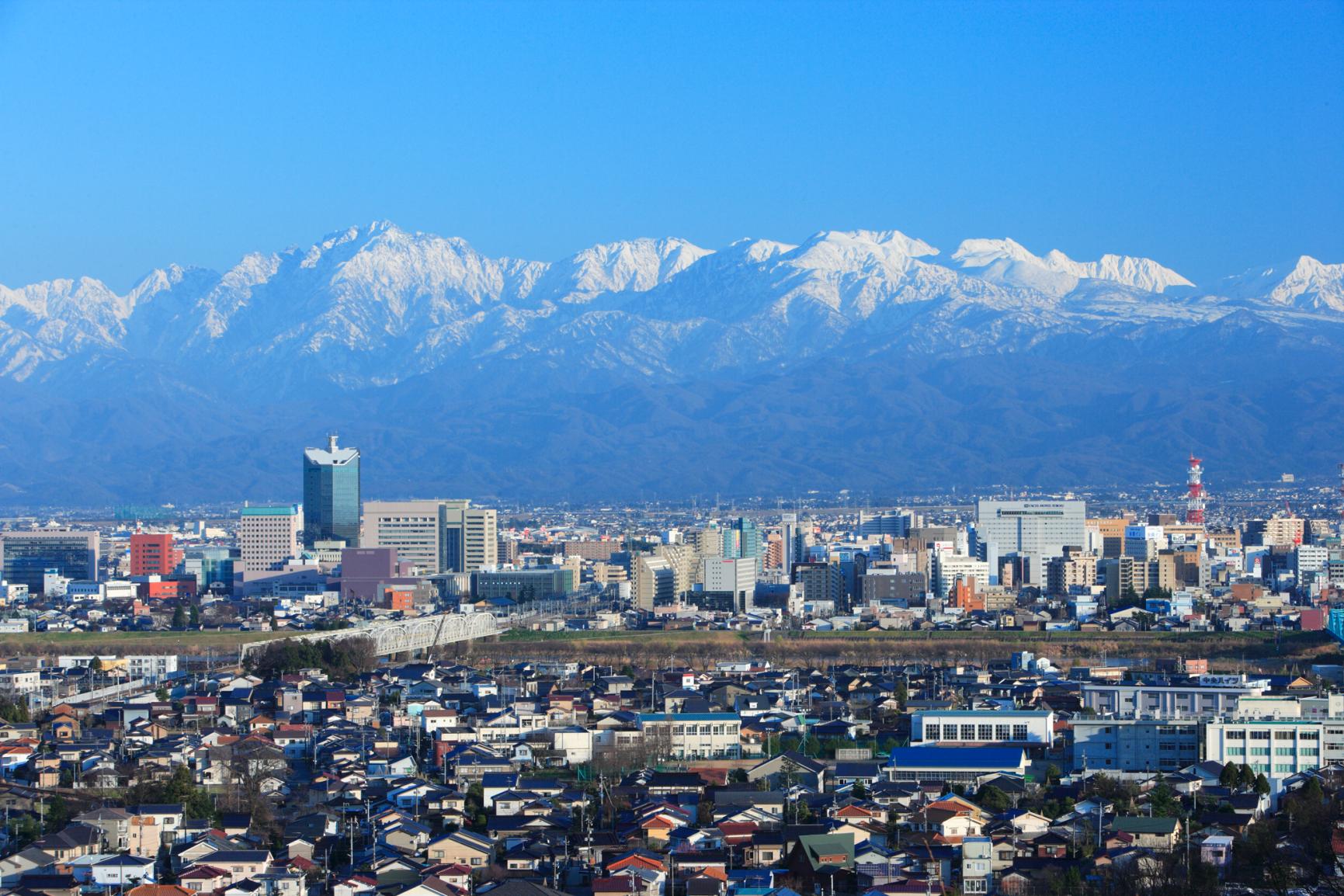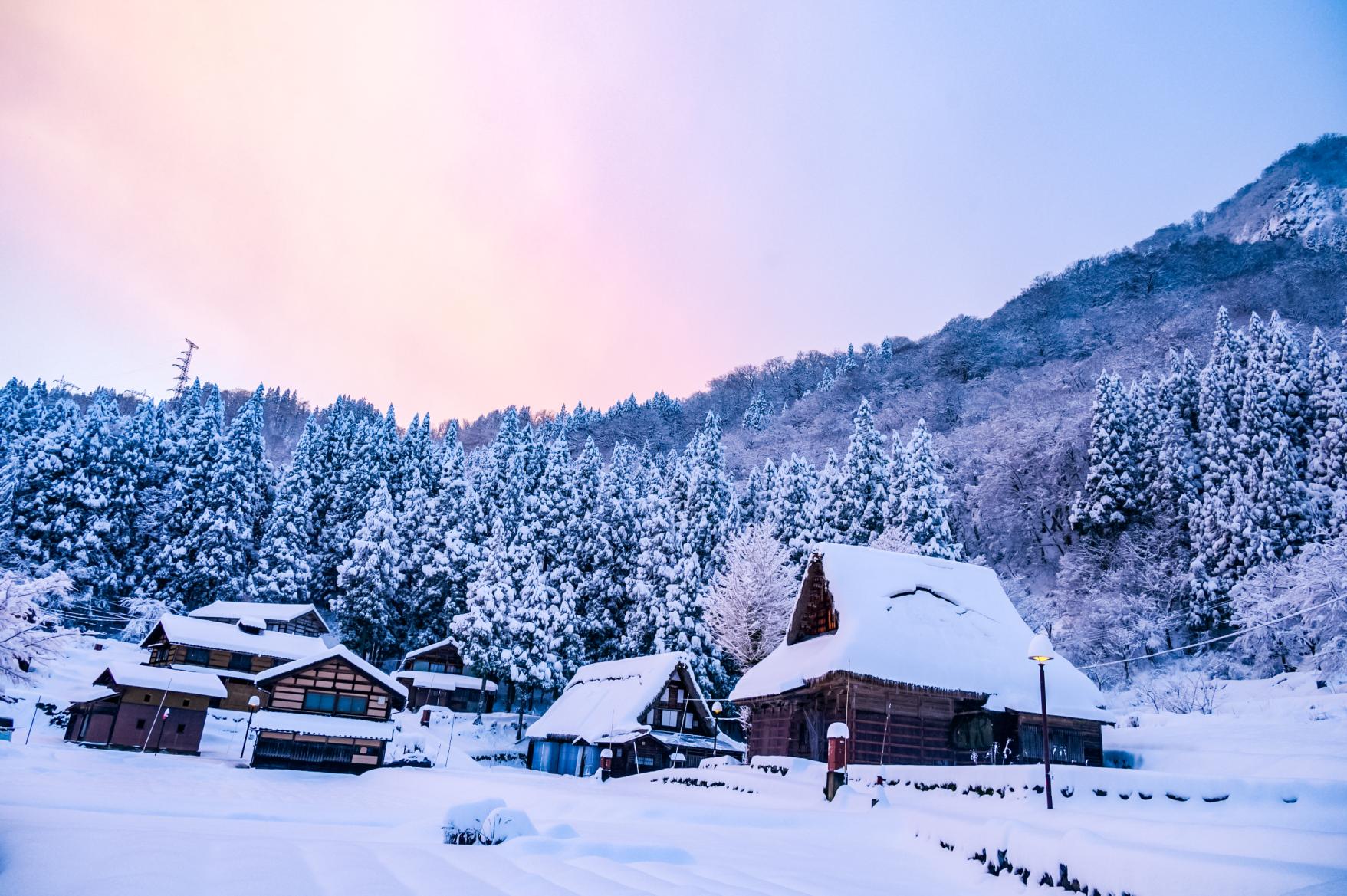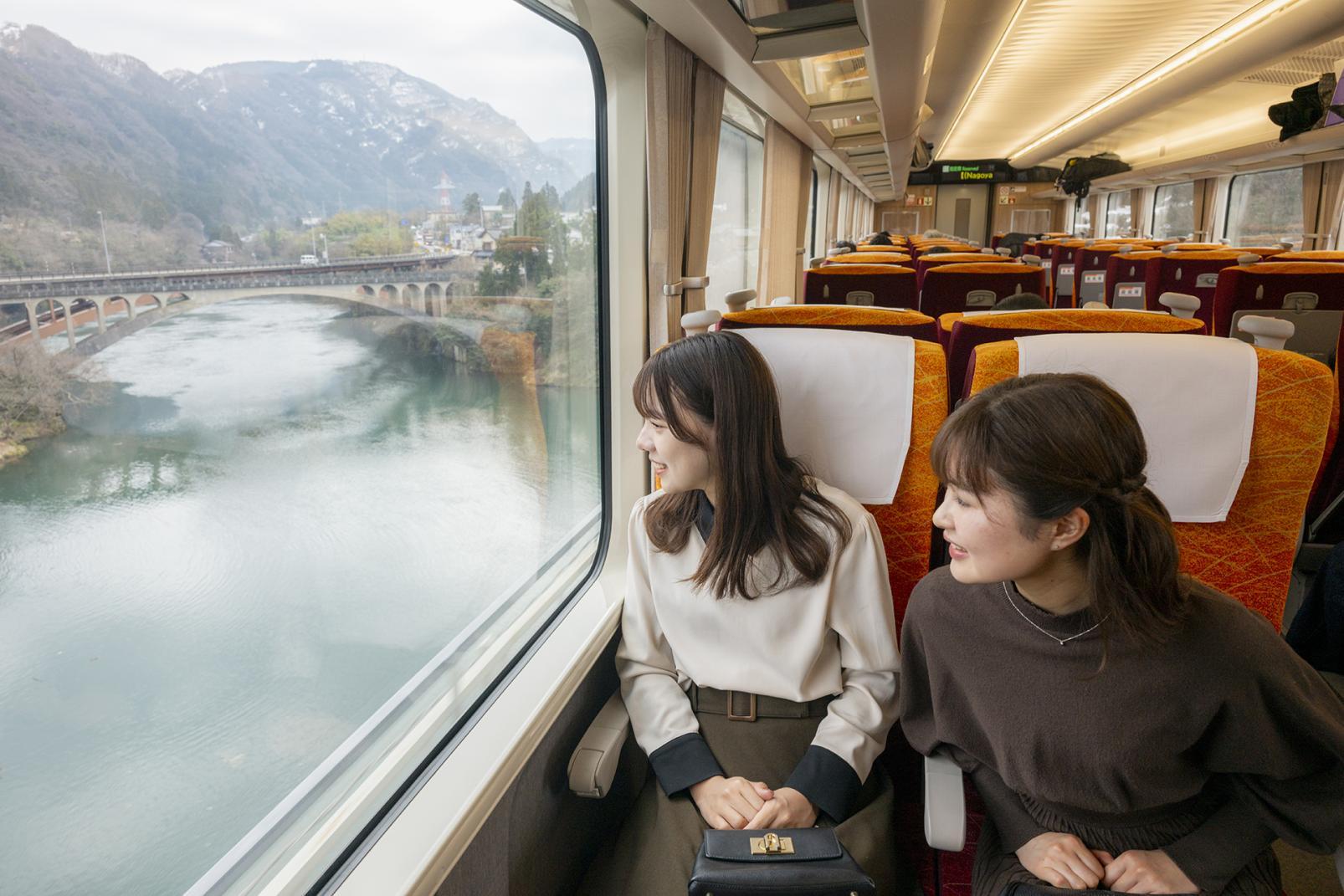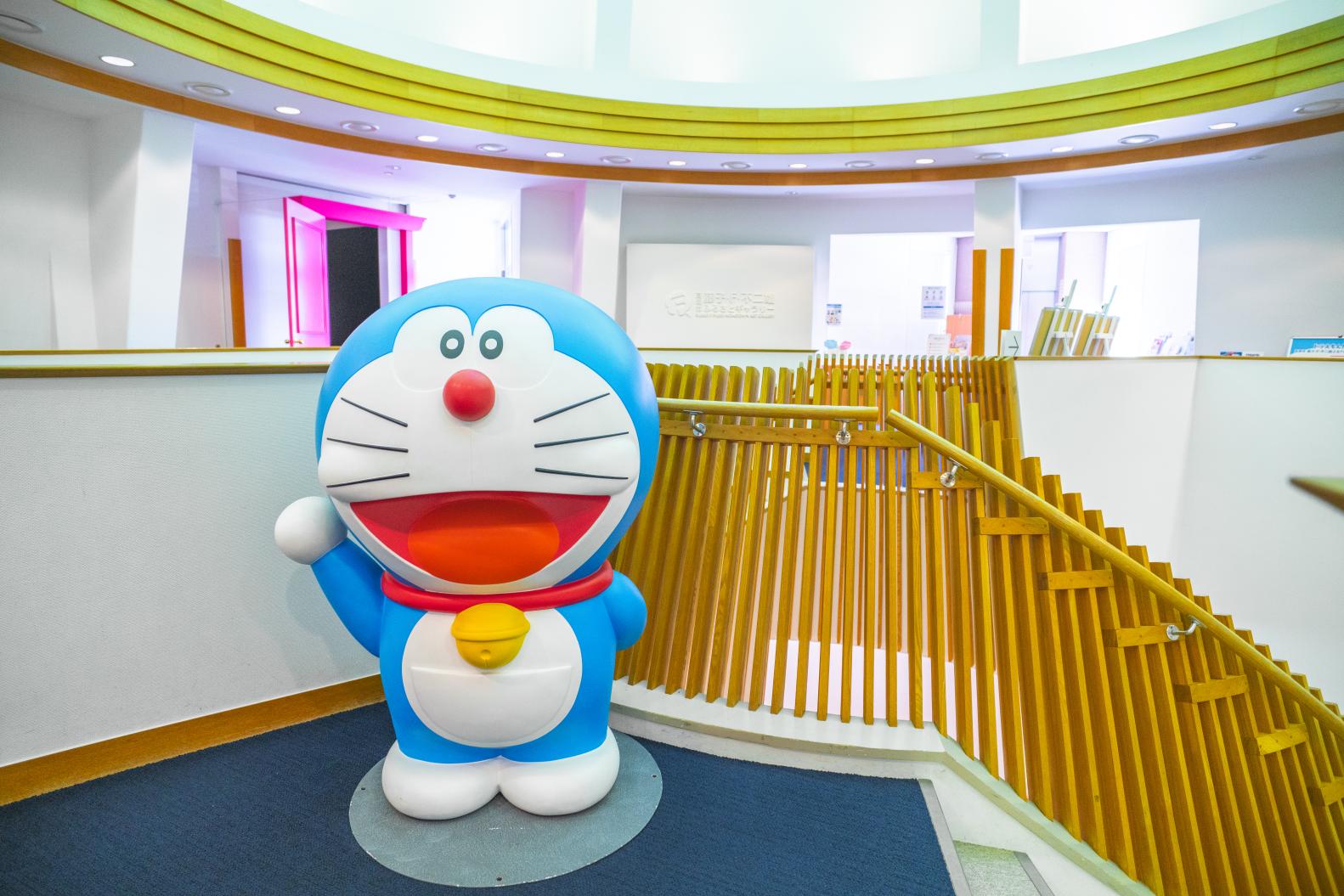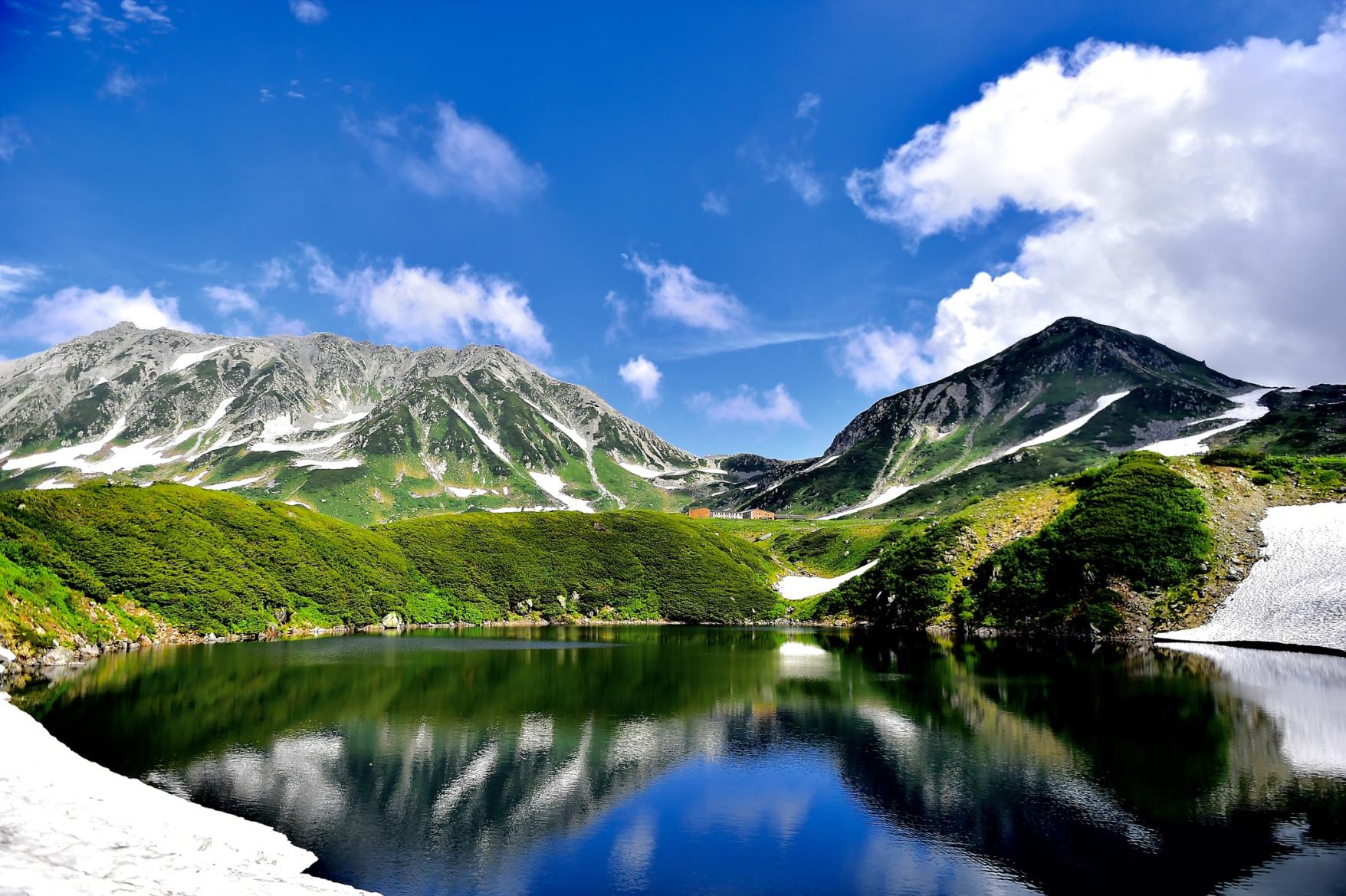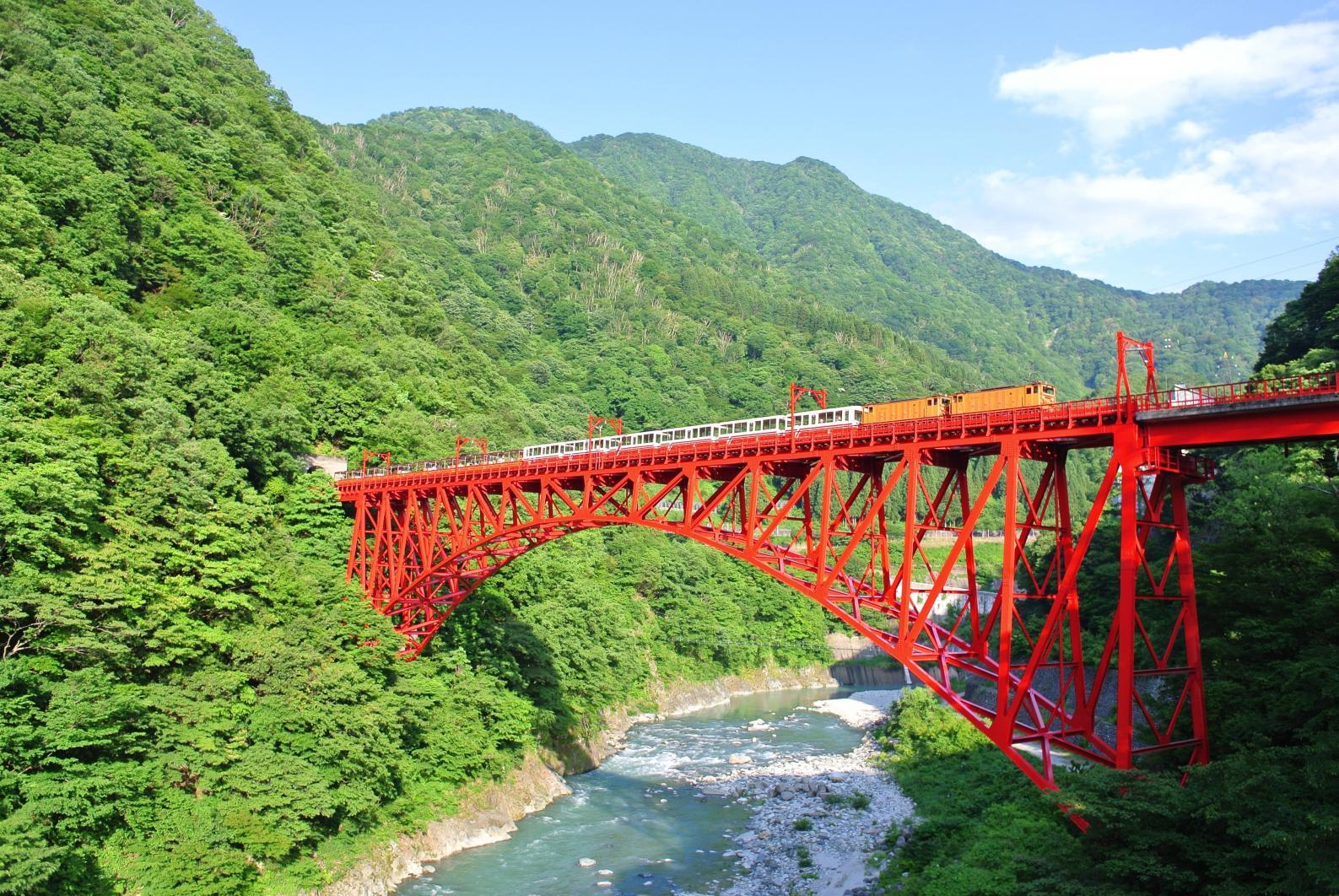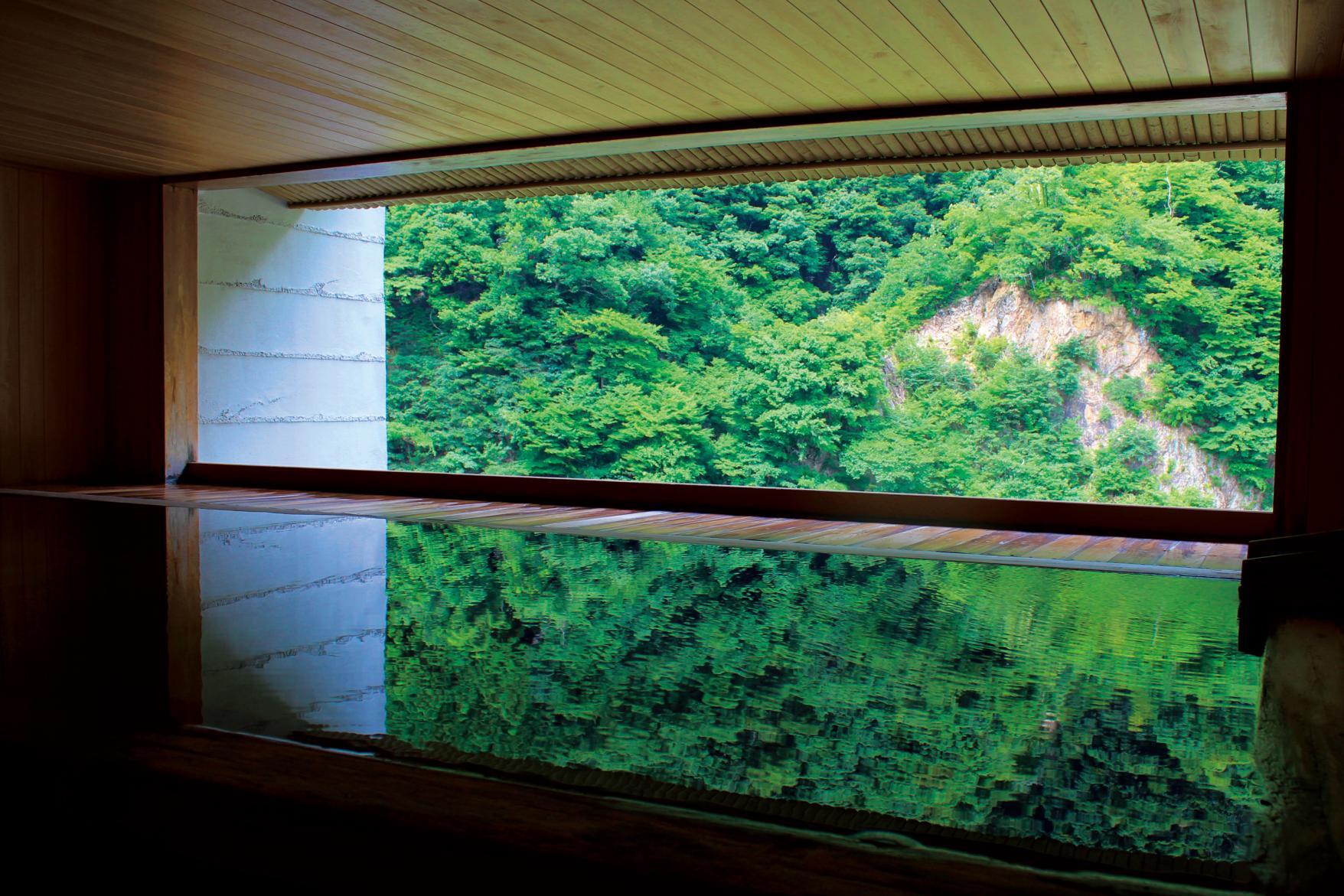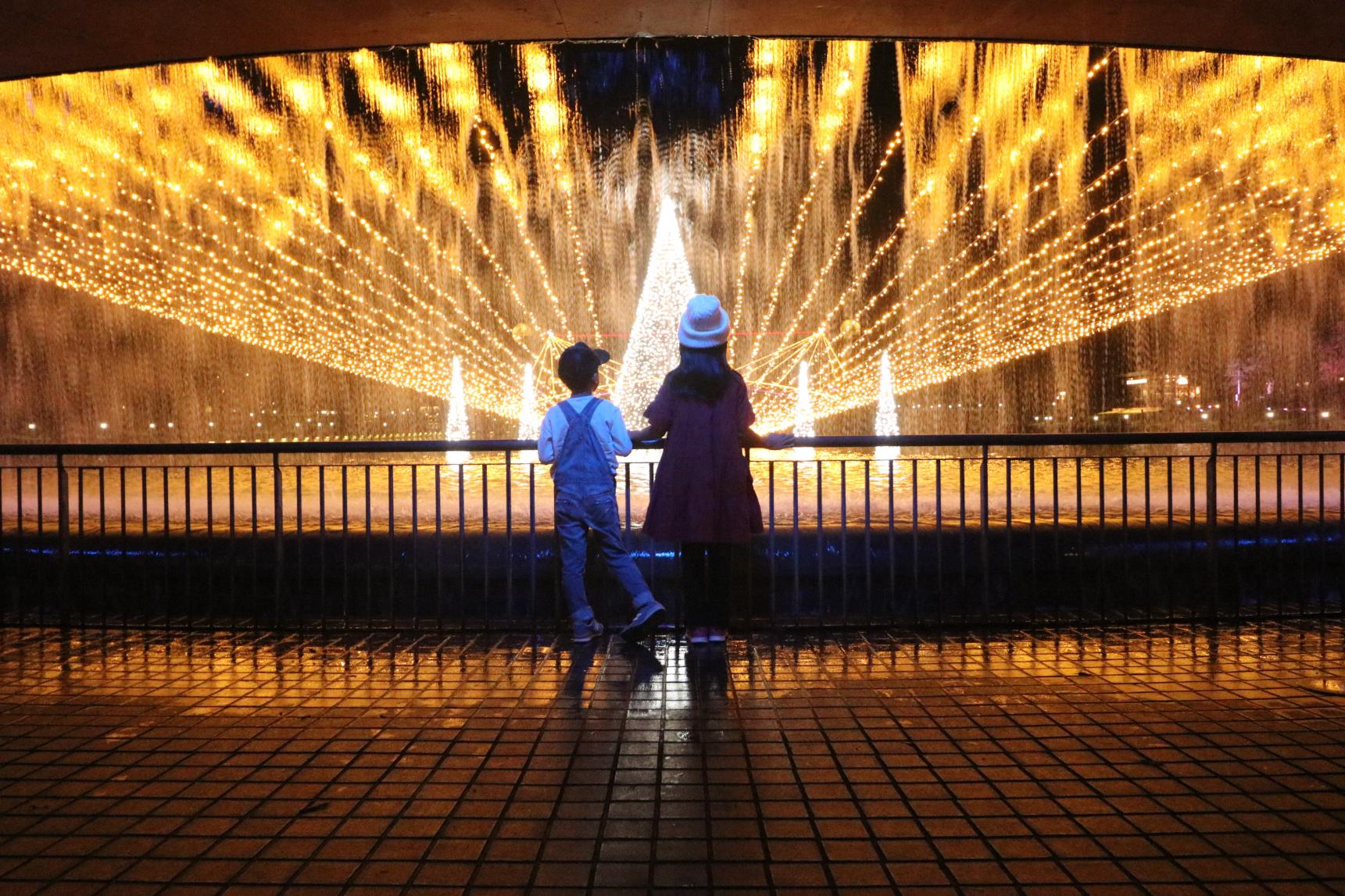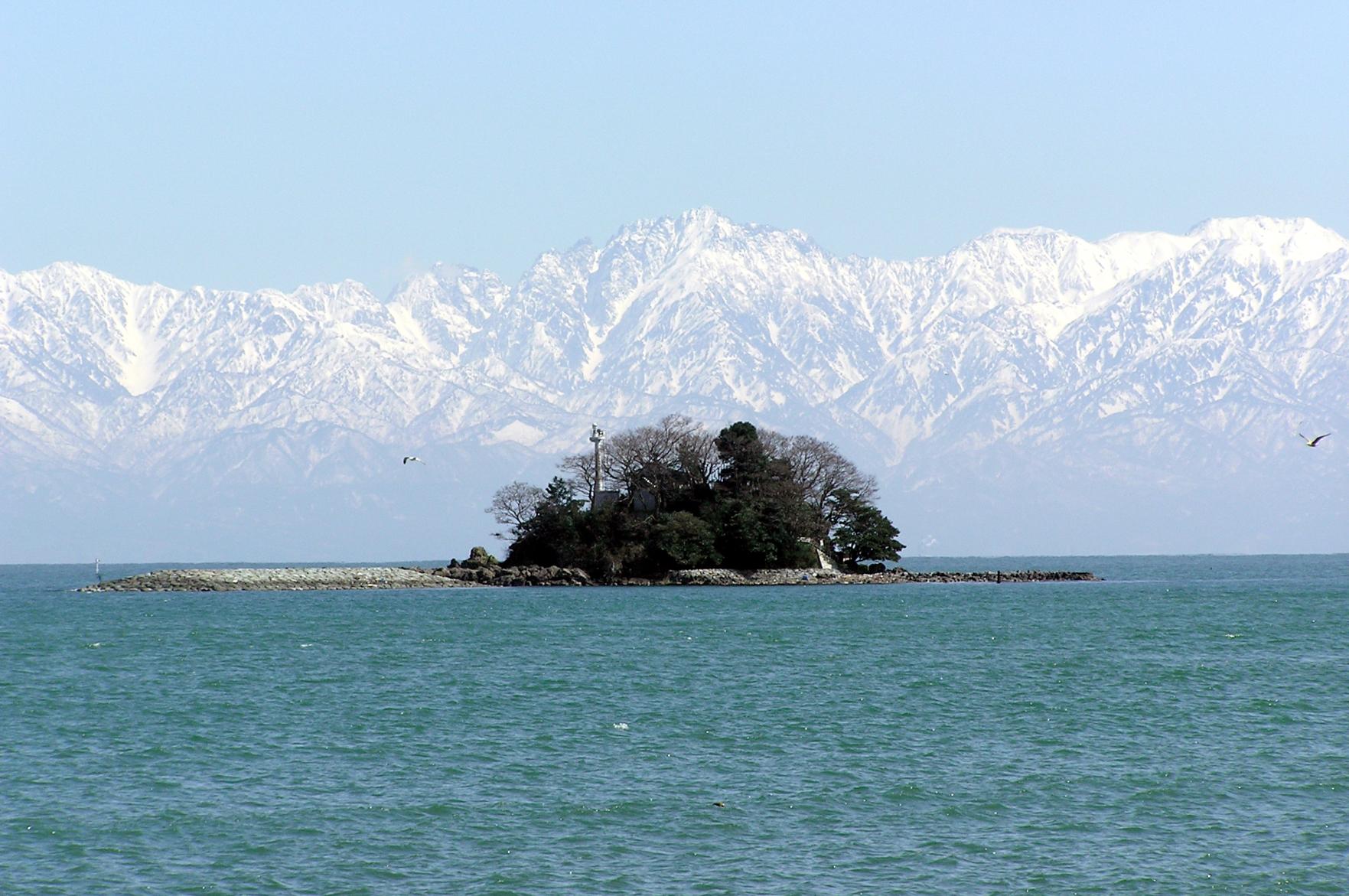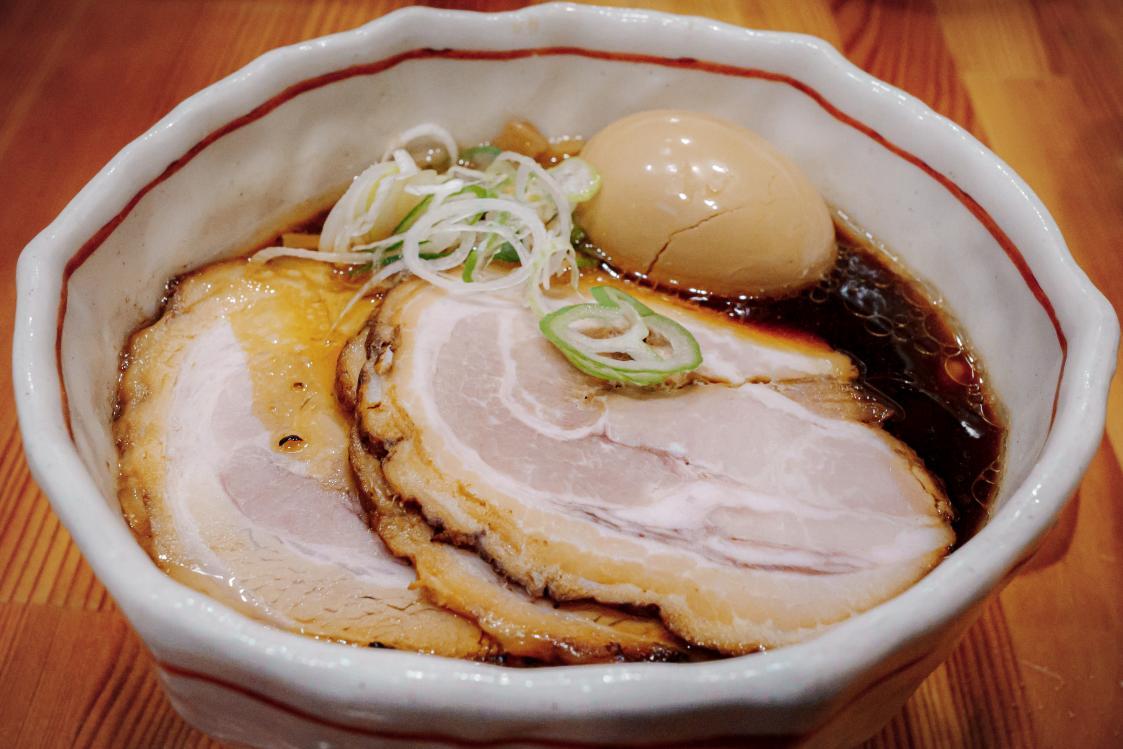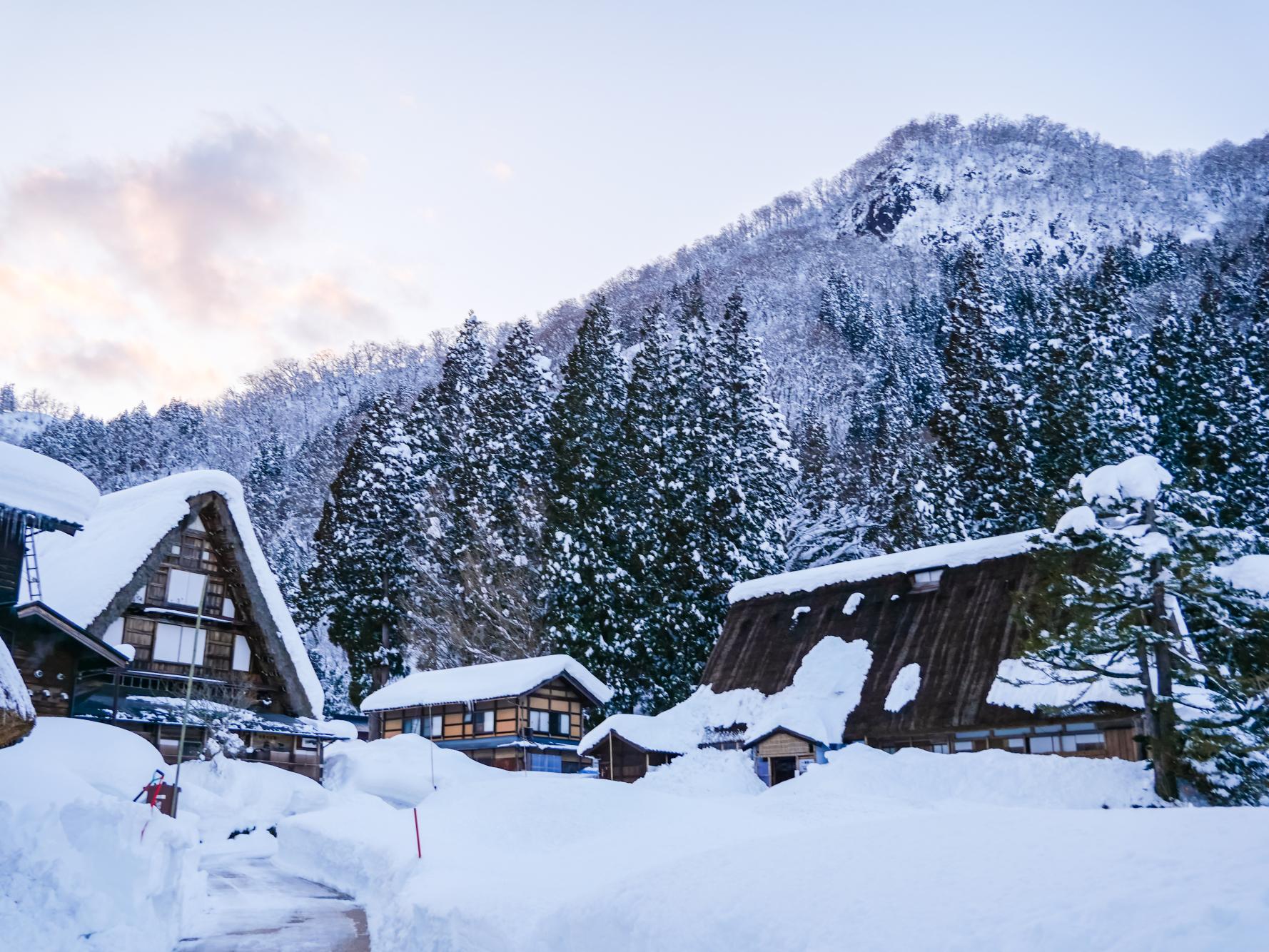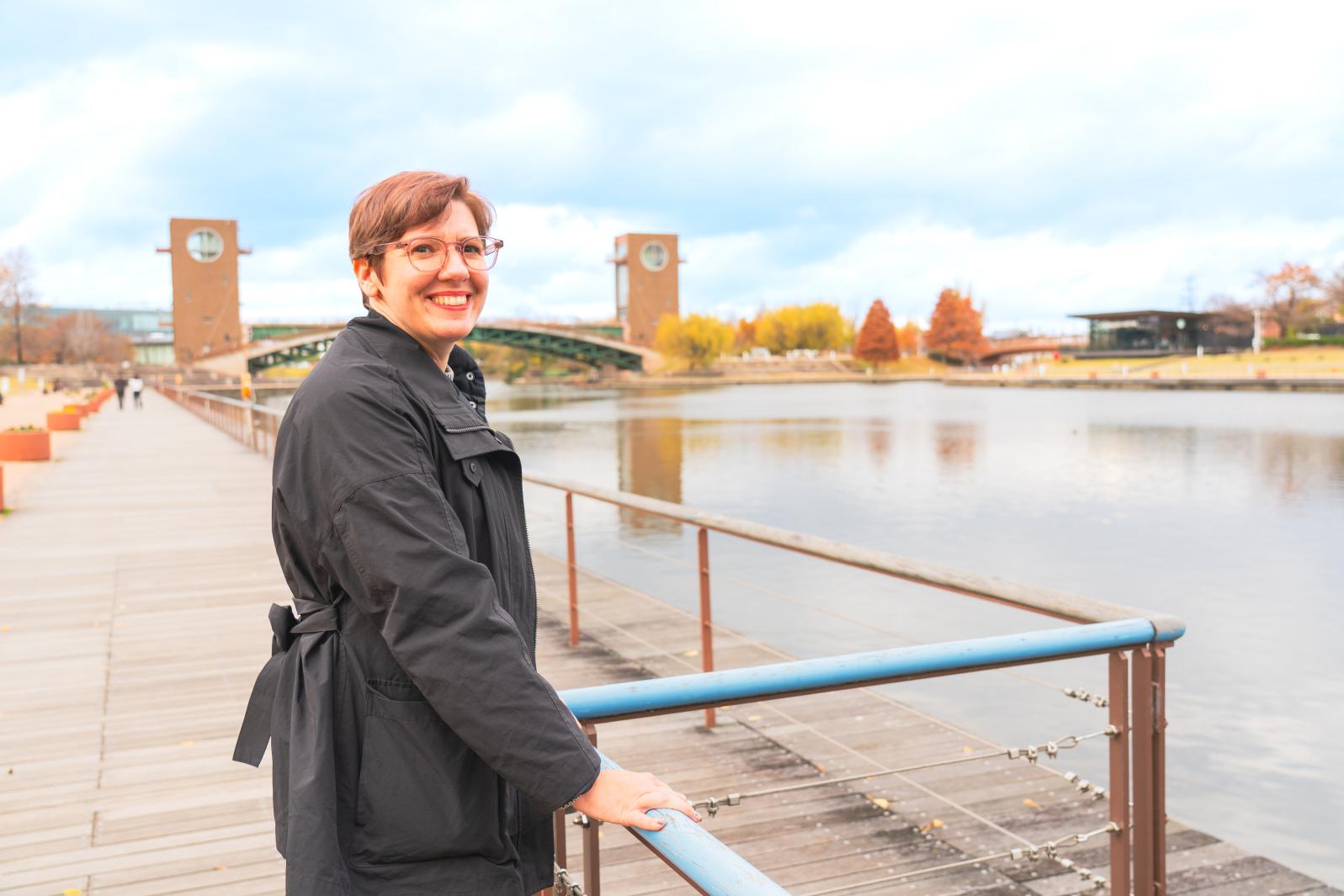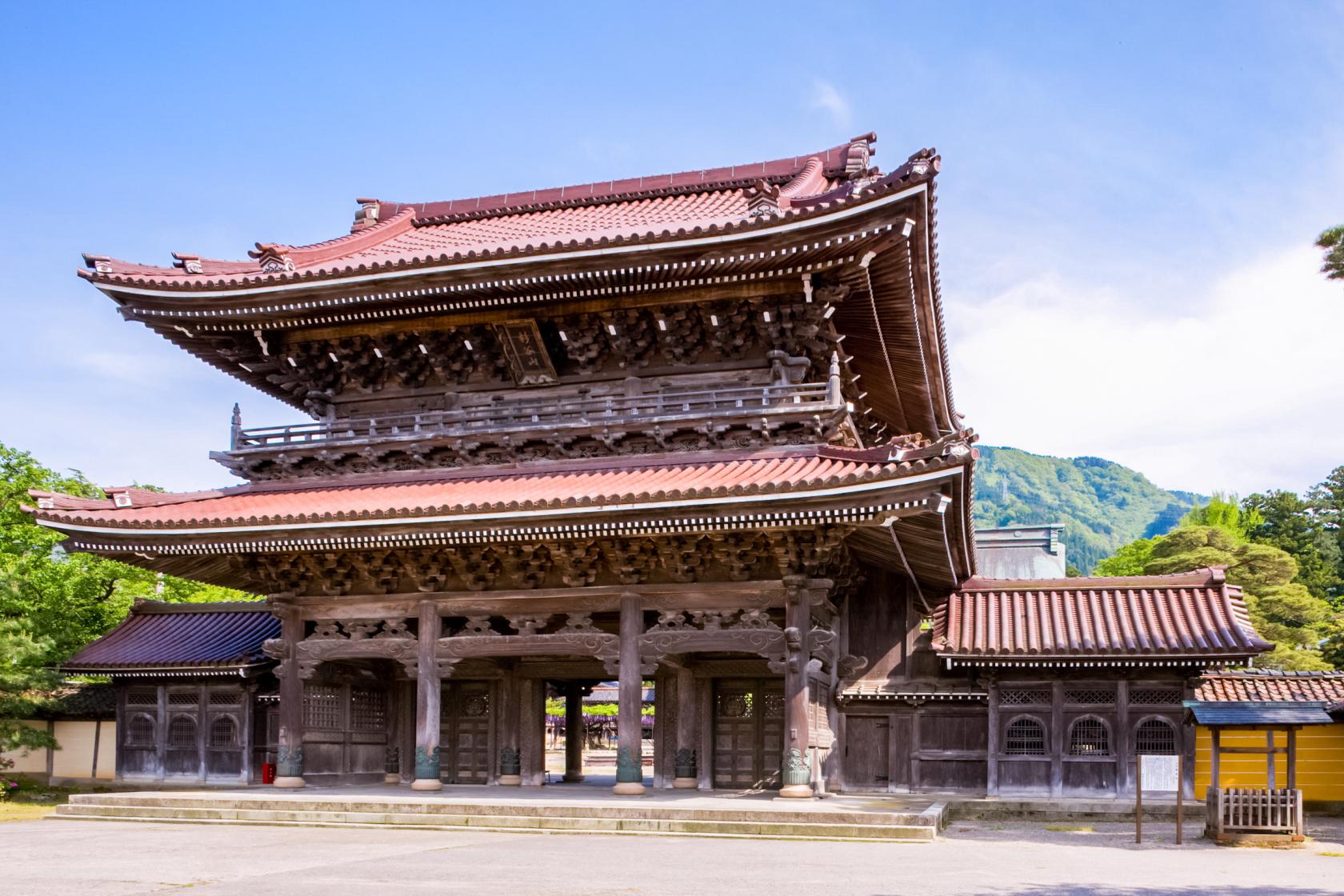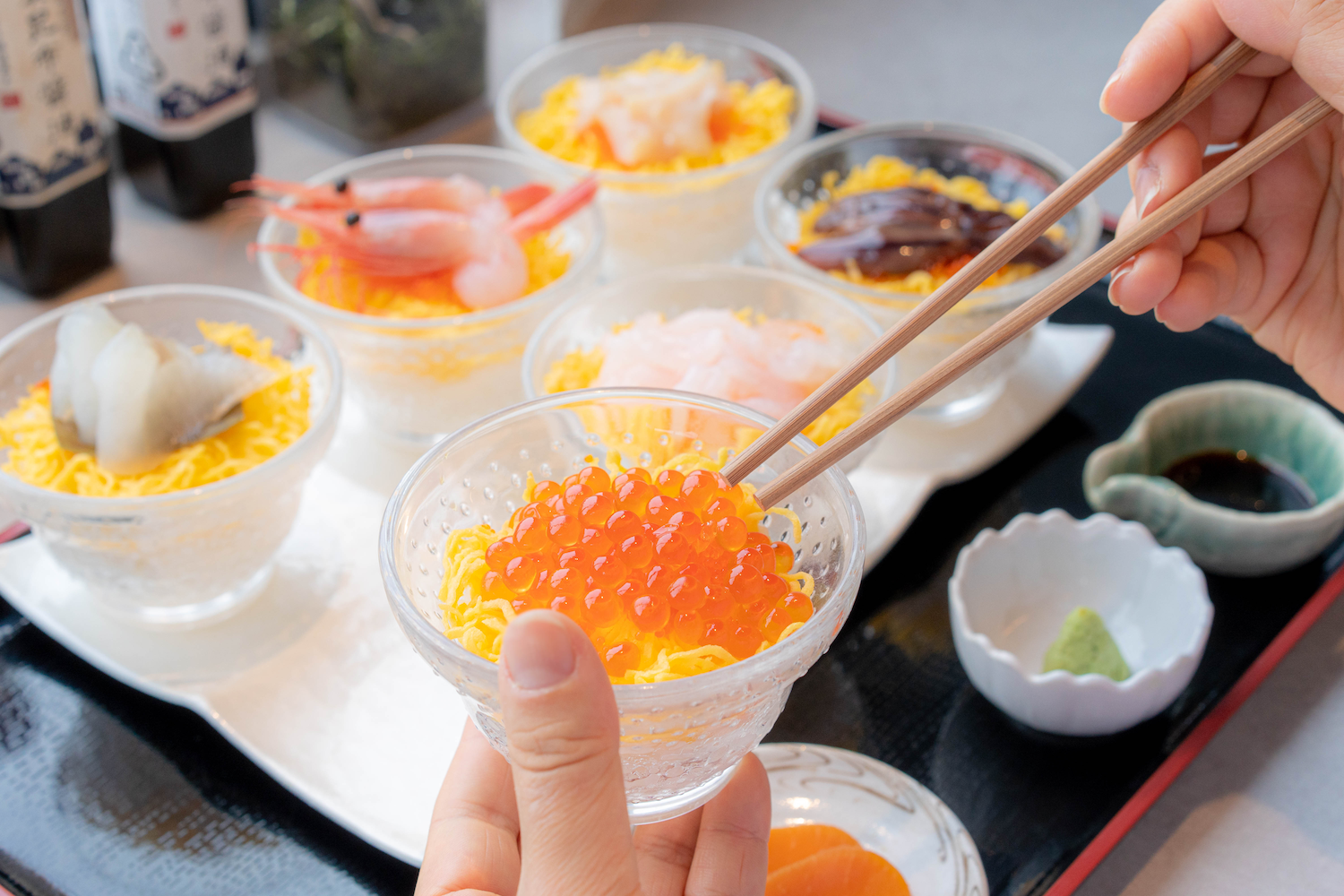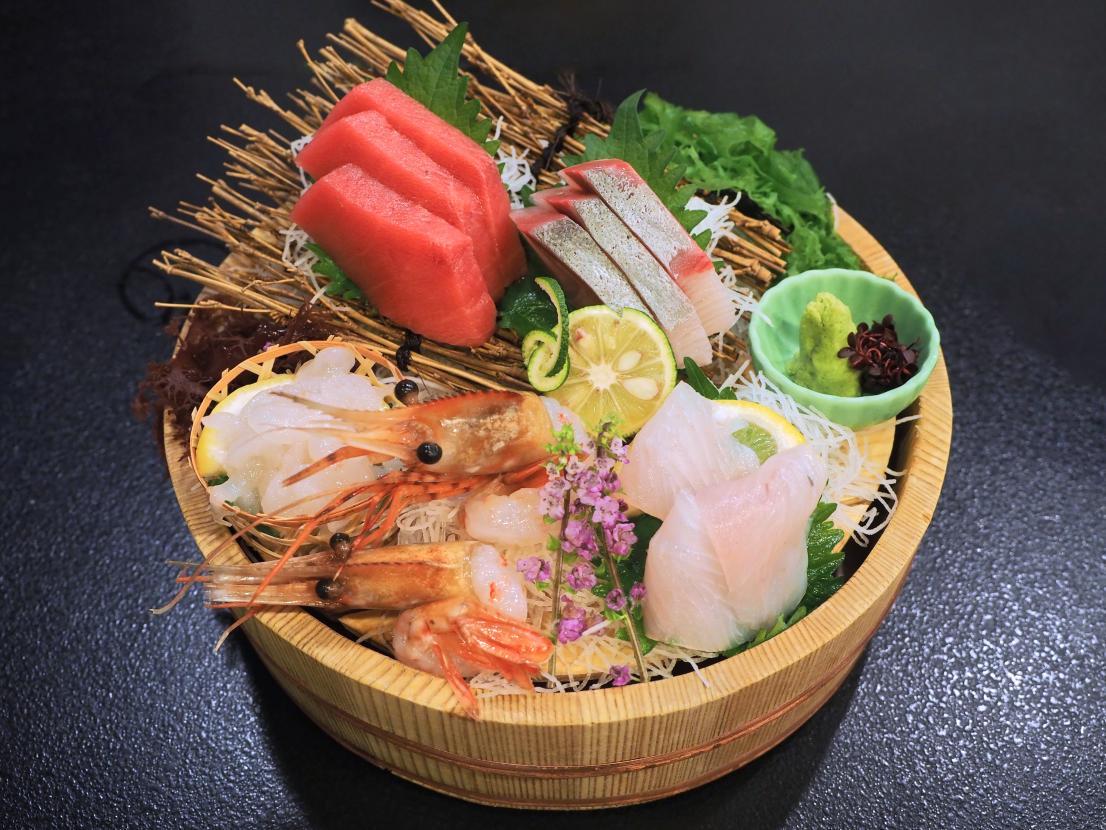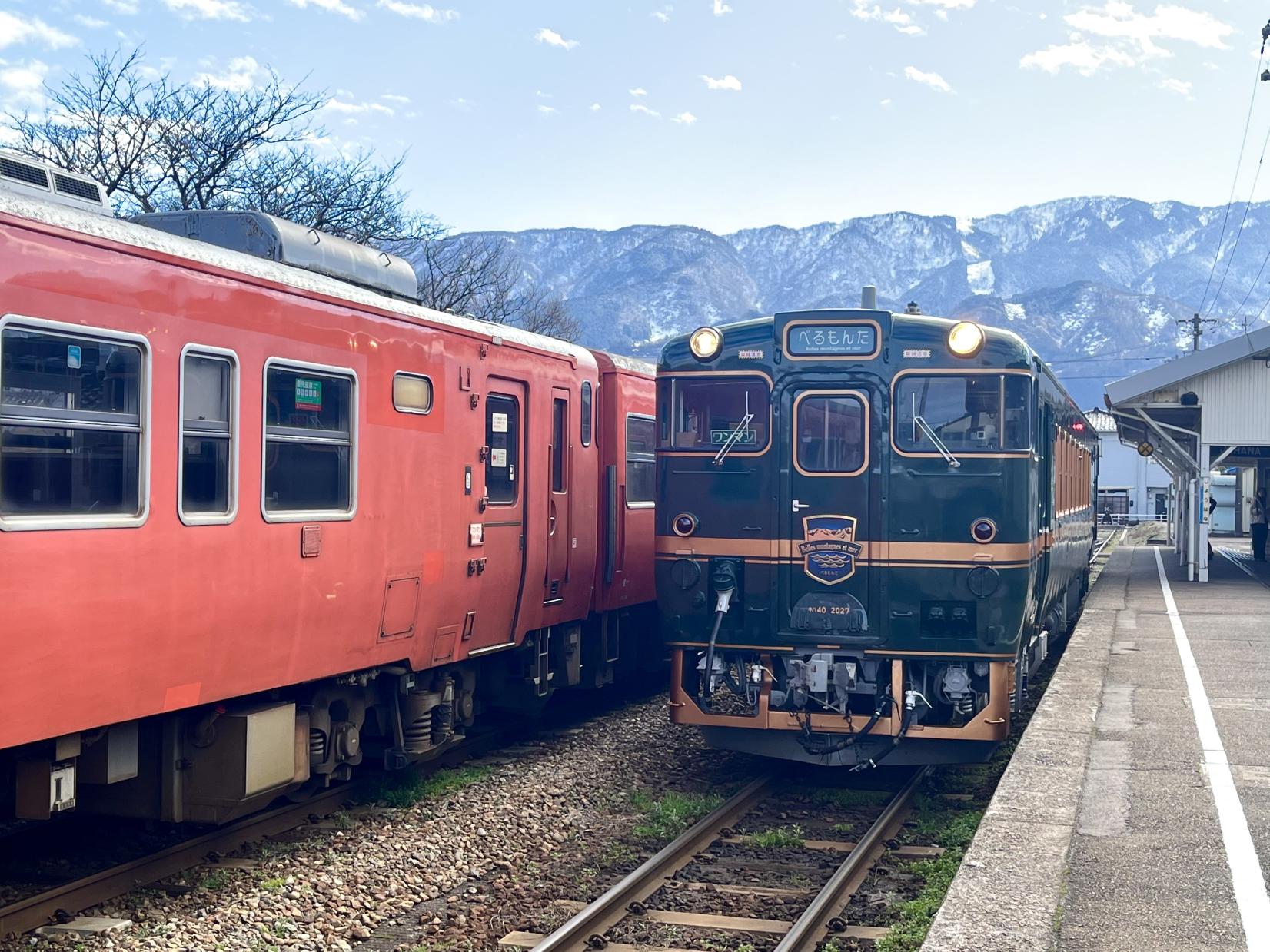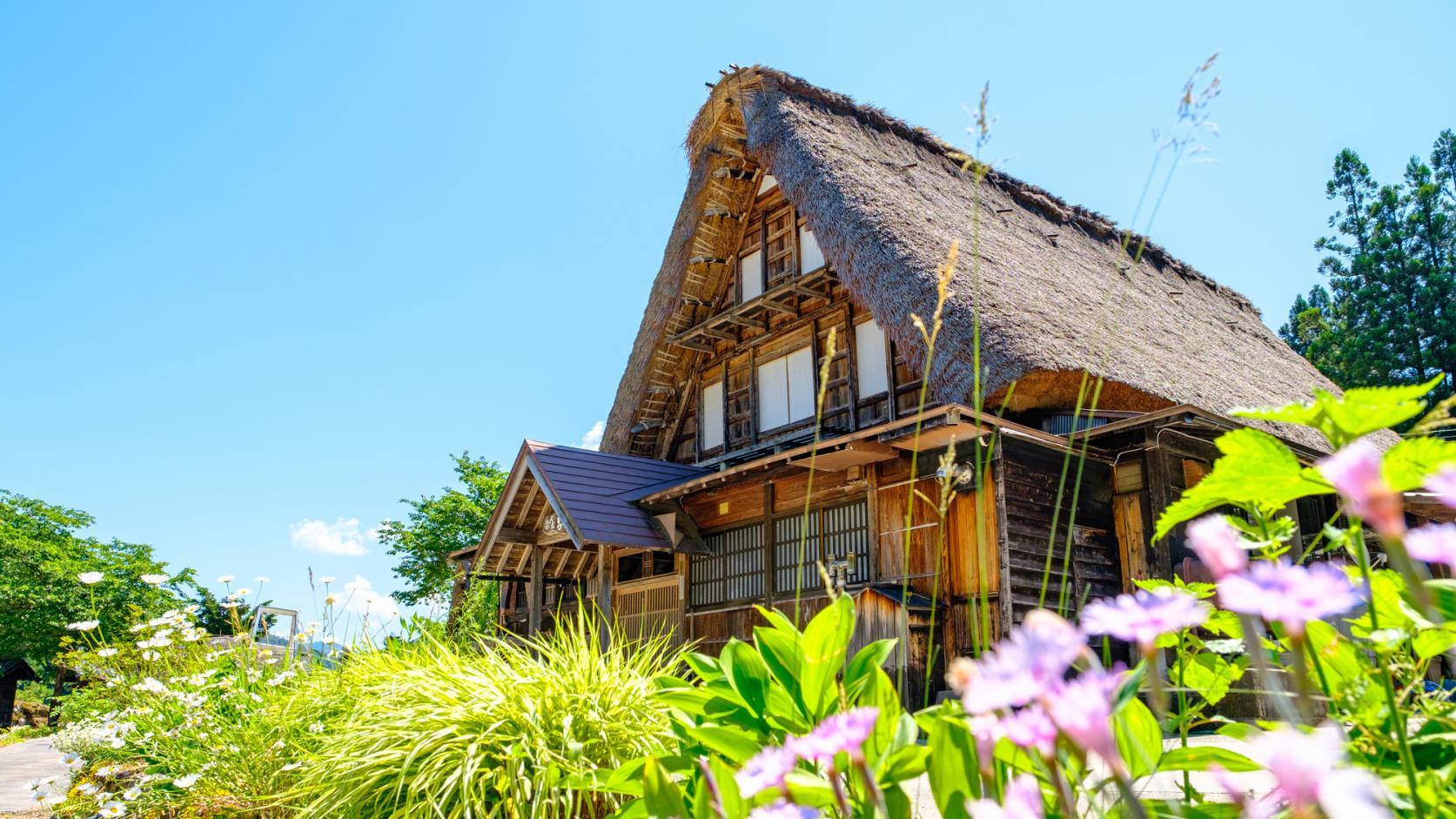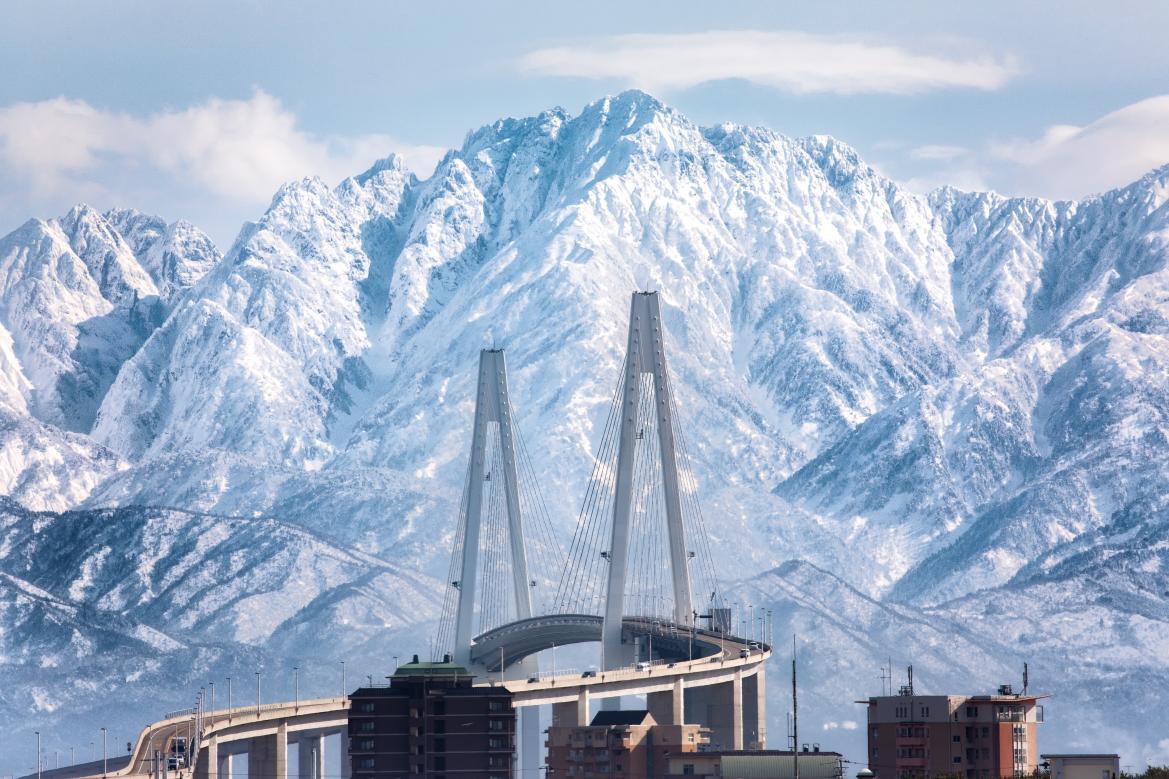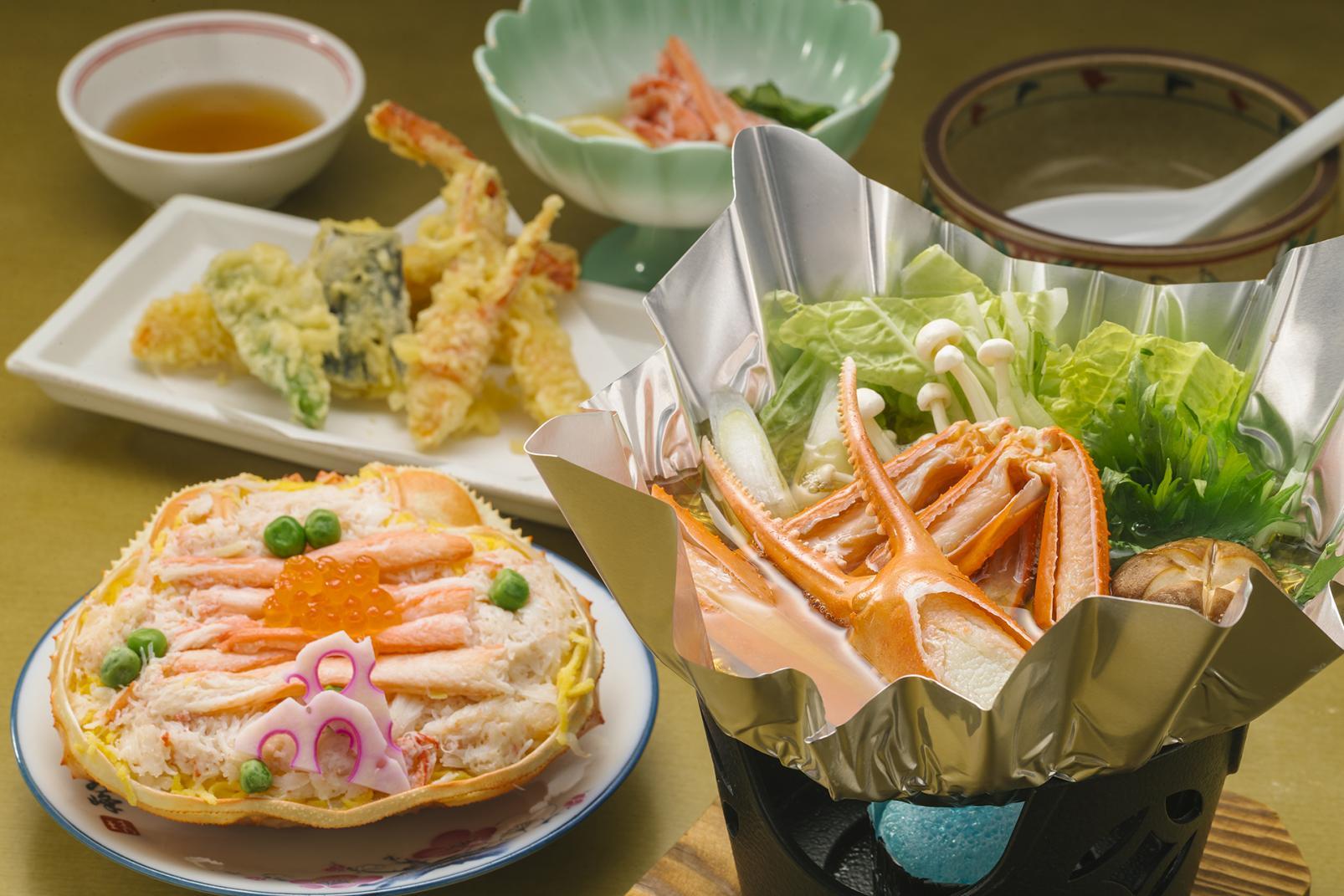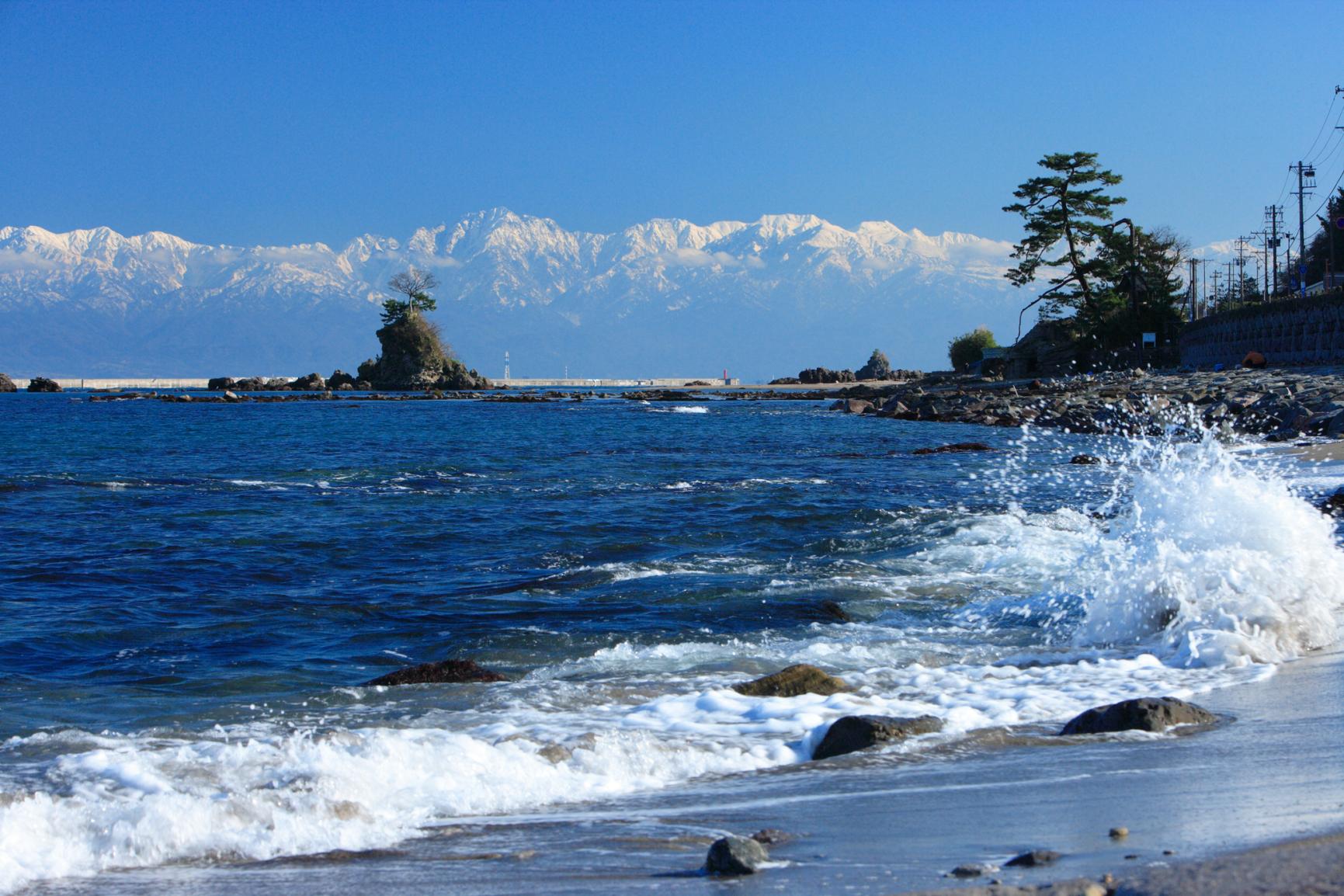
Discover Toyama—A First-Timer’s Guide for Visiting Toyama Prefecture
Toyama Prefecture is located in the Hokuriku region of north-central Japan, bordered to the north by the Sea of Japan and nestled between Ishikawa, Nagano, and Gifu prefectures. The prefecture’s natural beauty spans the rugged Tateyama Mountain Range and the scenic Toyama Bay. In between these lies much unspoiled countryside, which over centuries has shaped a distinct regional culture.
Toyama is an unhurried destination offering authentic cultural experiences, idyllic scenery, and gourmet seafood with relative quietness compared to more obvious locales such as Kyoto or neighboring Kanazawa. Easy shinkansen and limited express rail access from Tokyo, Kyoto, and Osaka—all covered by various Japan Rail passes—make Toyama Prefecture perfect for wider discovery, as well as a convenient base from which to explore more of Hokuriku. Accommodation options include traditional ryokan inns, restored craft ateliers, and sustainably-conscious boutique hotels that are destinations in their own right.
Bountiful nature encompasses mountains and sea
Toyama Prefecture encompasses rugged mountain ranges that form part of the North Japan Alps, and expansive waters that are home to a diverse marine ecosystem. Between these, there are dramatic gorges, riverside hot springs, bucolic lakes, and open plains dotted with rice fields. Parts of the prefecture’s countryside are within the boundaries of the Chubusangaku National Park.
Some of the prefecture’s most breathtaking nature is found around the Tateyama Mountain Range that looms on the skyline of so many of Toyama’s attractions. The Kurobe Gorge, for example, gives the feeling of having journeyed to a far-off piece of the deepest countryside, despite day trip-able access from Toyama City, and is home to secluded onsen resorts.
The foothills of the Tateyama Mountain Range are also the starting point of the Tateyama Kurobe Alpine Route. This alpine sightseeing route runs for 90 kilometers eastward through the North Japan Alps, and along the way covers a number of attractions including the iconic “Snow Walls” of Murodo.
Culture in harmony with nature
Local culture has been shaped over many centuries by the geographic and climatic characteristics of Toyama Prefecture. In UNESCO World Heritage-designated Gokayama, isolation caused by a heavy snowfall and mountainous surroundings encouraged the development of a unique culture. The gassho-style houses of this region, with roofs likened to “praying hands,” are emblematic of this area’s cultural tradition.
Nature’s bounty has long been appreciated by the people of Toyama Prefecture, as a resource with which to concoct and prepare food and drink that has won acclaim across Japan and, increasingly, internationally. Toyama Bay is one of the country’s best places at which to enjoy fresh fish and seafood, and the glass shrimp, crab, and yellowtail caught here are especially prized.
A combination of superior-quality water and rice has enabled the sake brewers of Toyama, to develop sake brands that are revered as some of Japan’s finest. Long-established sake brewers such as Masuda Shuzo and Wakatsuru operate facilities where visitors can sample their different brews. Other crafts associated with Toyama Prefecture—metalworking, wood carving, and glass—similarly draw upon nature.
Toyama Prefecture’s characteristic culture is celebrated by a number of vibrant festivals, of which some are UNESCO-designated. Events such as the Owara Kaze-no-Bon bring together entire neighborhoods—visitors included—with spirited song, dance, and general exuberance.
Luxury and style at a slower pace
The new wave of Toyama Prefecture hotels are luxurious destinations in their own right. Art-filled hotels such as River Retreat Garaku offer a thoroughly contemporary experience, while at the same time existing in harmony with their natural surroundings. Destinations including private sauna-hotel The Hive combine the Toyama countryside with state-of-the-art wellness facilities to bring about a soothing reset of mind and body. For visitors wishing to sleep close to nature without sacrificing style or comfort, Imigre Glamping Suite offers camping in futuristic domes facing Toyama Bay.
Cuisine and sustainability are also key elements of the prefecture’s destination-level accommodation facilities. Countryside retreat L’evo bridges these two spheres, with its Michelin-starred restaurant using produce grown on the hotel’s own on-site farm.
Active adventure with a breathtaking backdrop
Beautiful, often rugged, landscapes make Toyama Prefecture a dramatic location at which to experience adventure sports. Operators across the prefecture offer a wide range of activities, with many suitable for complete beginners. Land, air, river, and sea: each aspect of Toyama’s natural beauty can be enjoyed through these activities.
Canyoning on the Kurobe River gives participants unique views of the impressive Kurobe Gorge, as they slide, swing, and wade downstream. Another vigorous experience is rafting on the Shogawa River as it passes through Gokayama. Toyama Bay is revealed to be as picturesque below water as it is above, by scuba diving experiences.
Hiking tours with a “LOHAS” (Lifestyles of Health and Sustainability) flavor introduce the prefecture’s natural ecosystem as they pass through forests and mountain foothills. For a singular experience of the Toyama countryside, try cross-country roller skiing in Osawano, Toyama City. Paragliding experiences give bird’s-eye views of Toyama Prefecture’s diverse landscape.
Toyama trip practicalities
The possibilities for exploration, relaxation, and adventure in Toyama Prefecture make it worth planning to spend at least a few days. Toyama City and Takaoka City, in particular, are also convenient bases for excursions to attractions in Nagano, Niigata, Ishikawa, and Gifu prefectures. Kanazawa, in Ishikawa, for example, takes less than 30 minutes from Toyama City on the Hokuriku Shinkansen. The Hokuriku Arch Pass, several JR West passes, and the nationwide Japan Rail Pass (JR Pass) cover this and many other similar journeys in and around Hokuriku and from Toyama.
From Tokyo, the Hokuriku Shinkansen from Tokyo Station to Toyama Station takes roughly two hours. Toyama Station is also accessible from Kyoto and Osaka by rail, within three-to-four hours.



